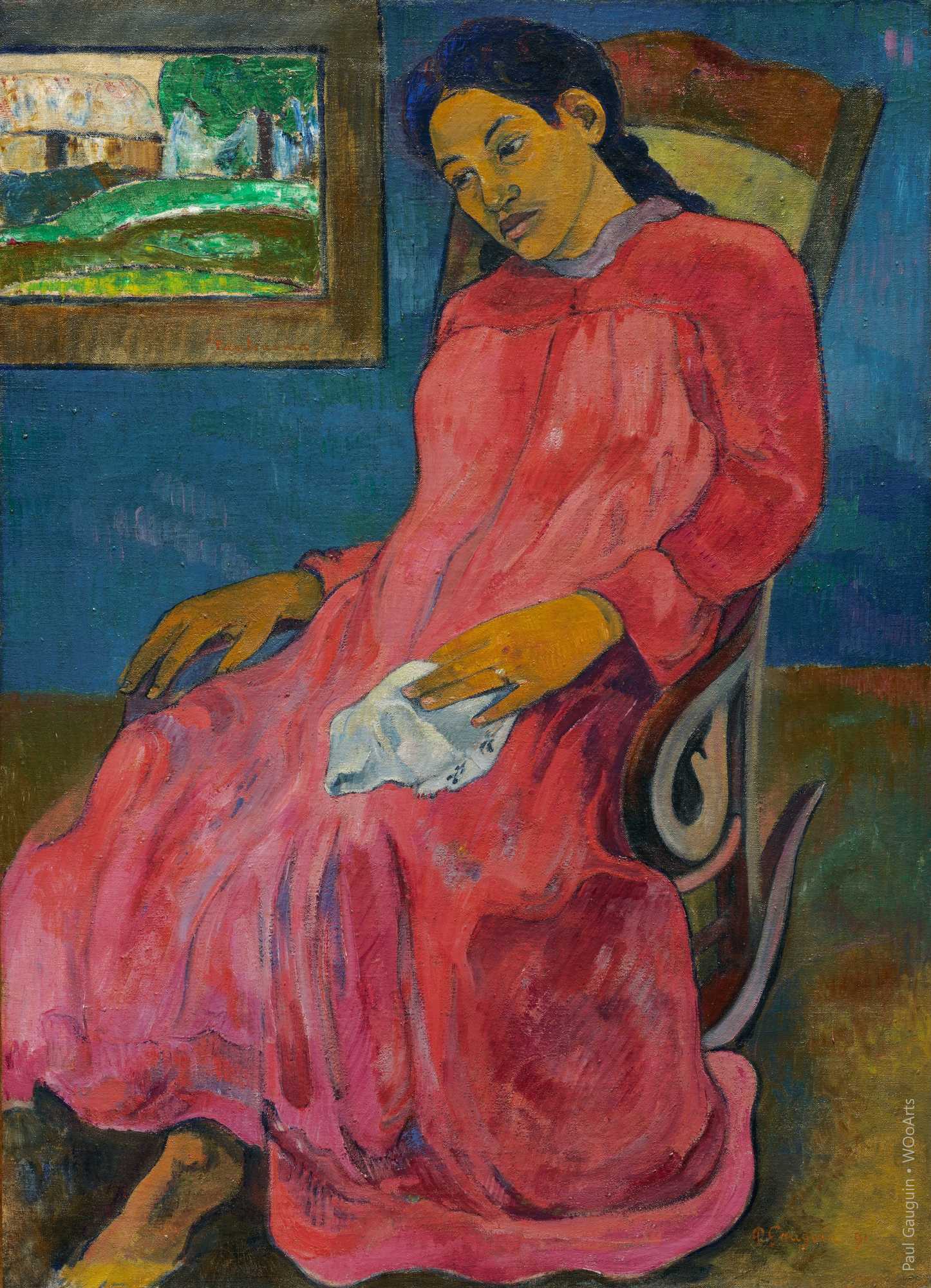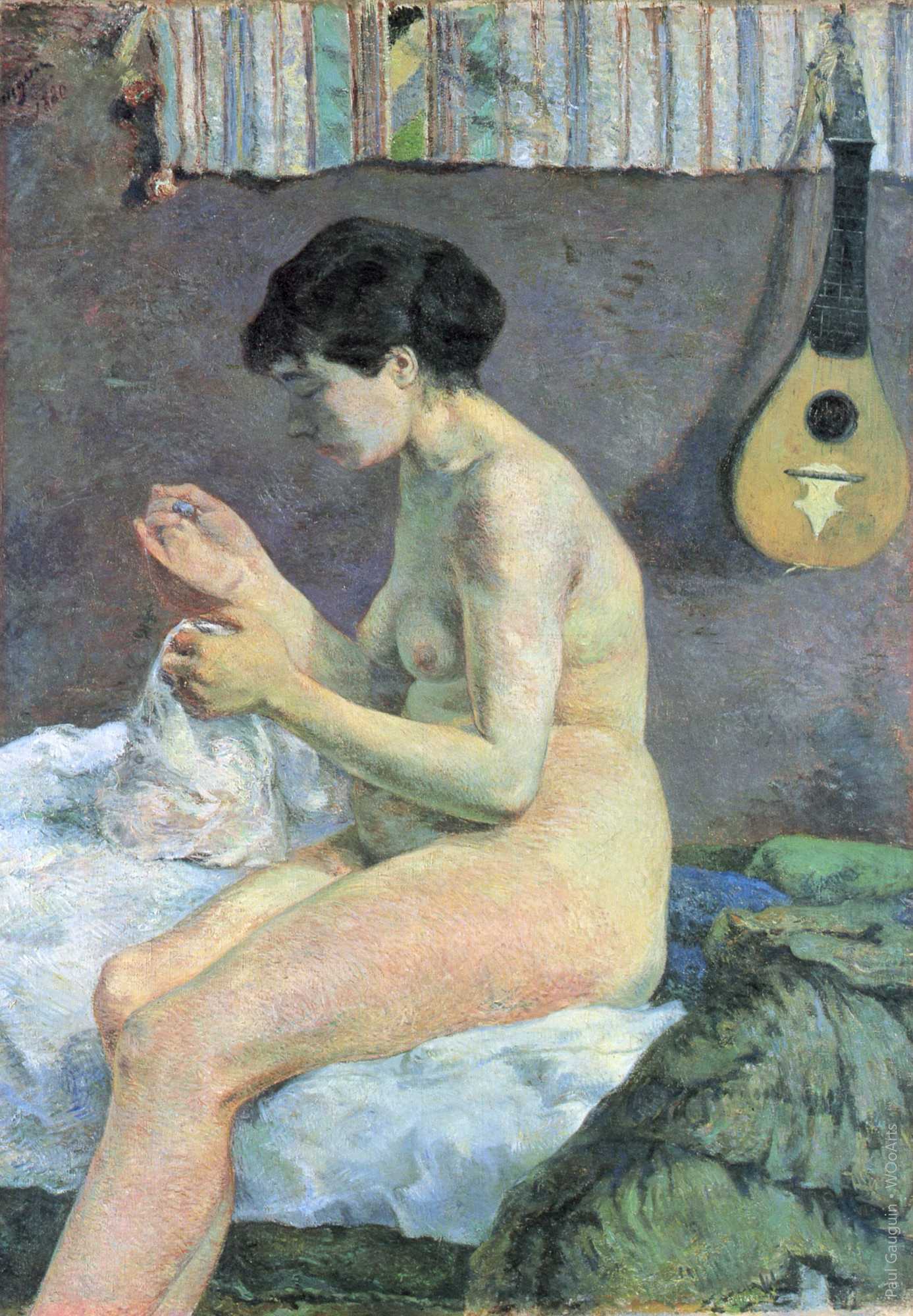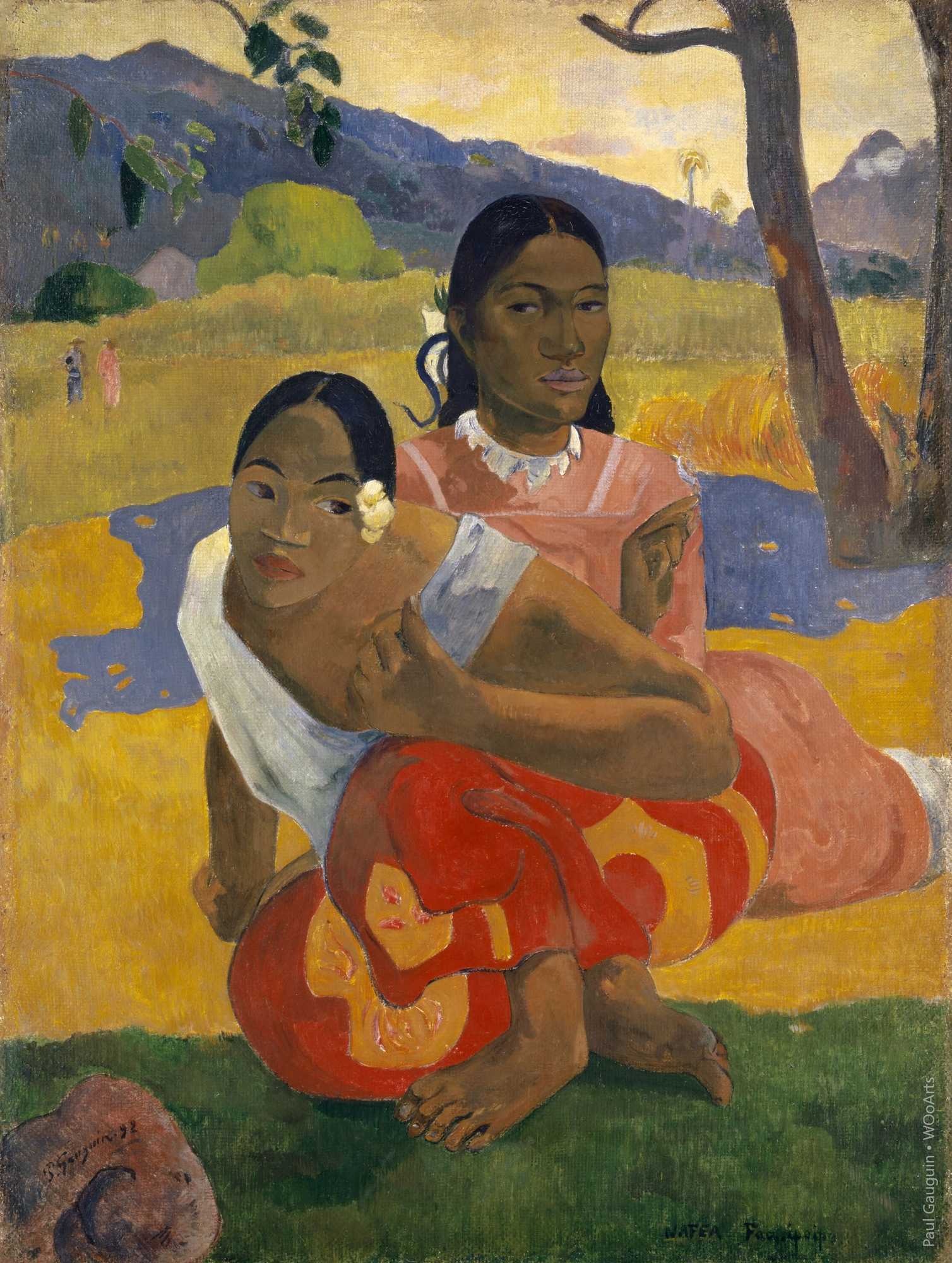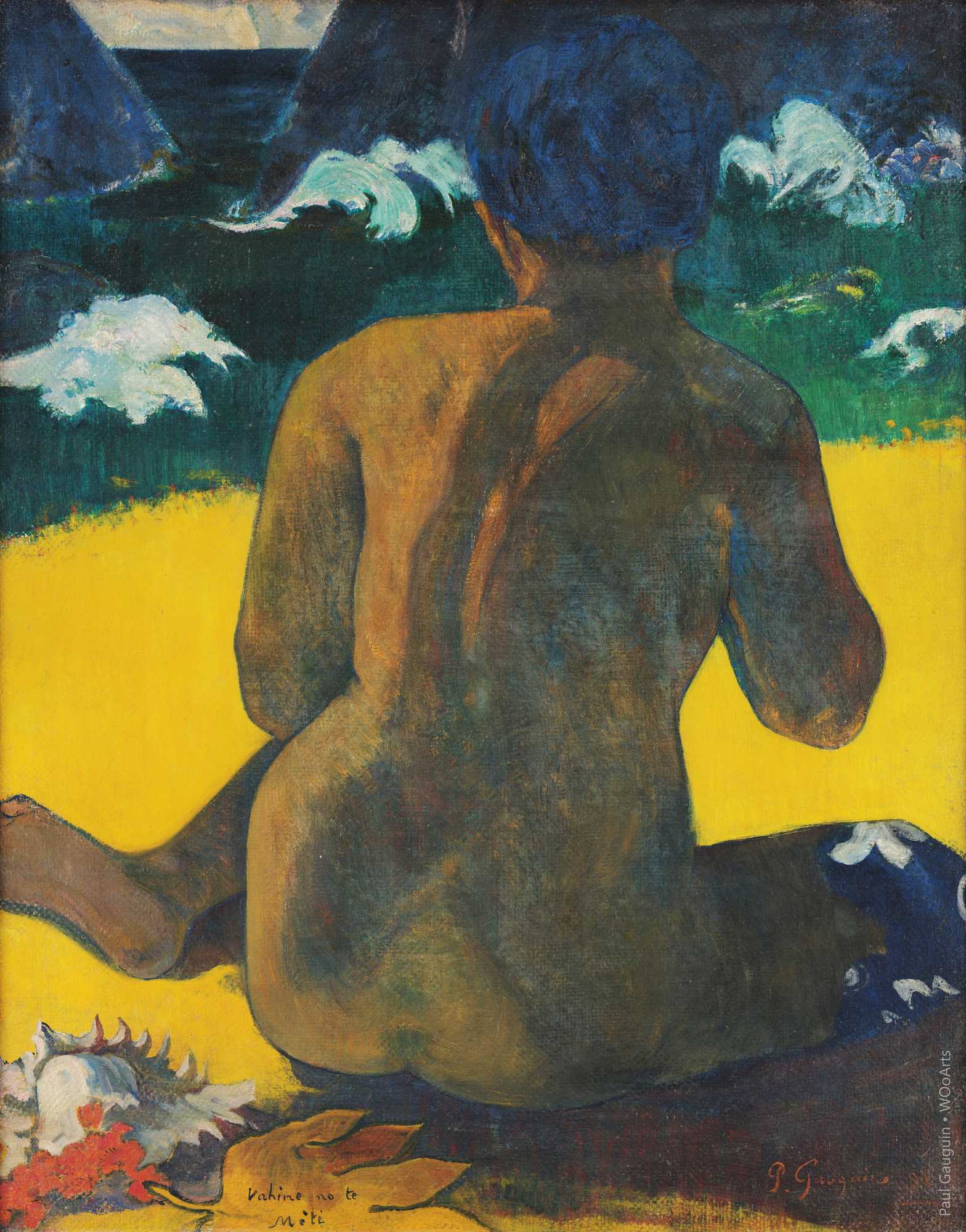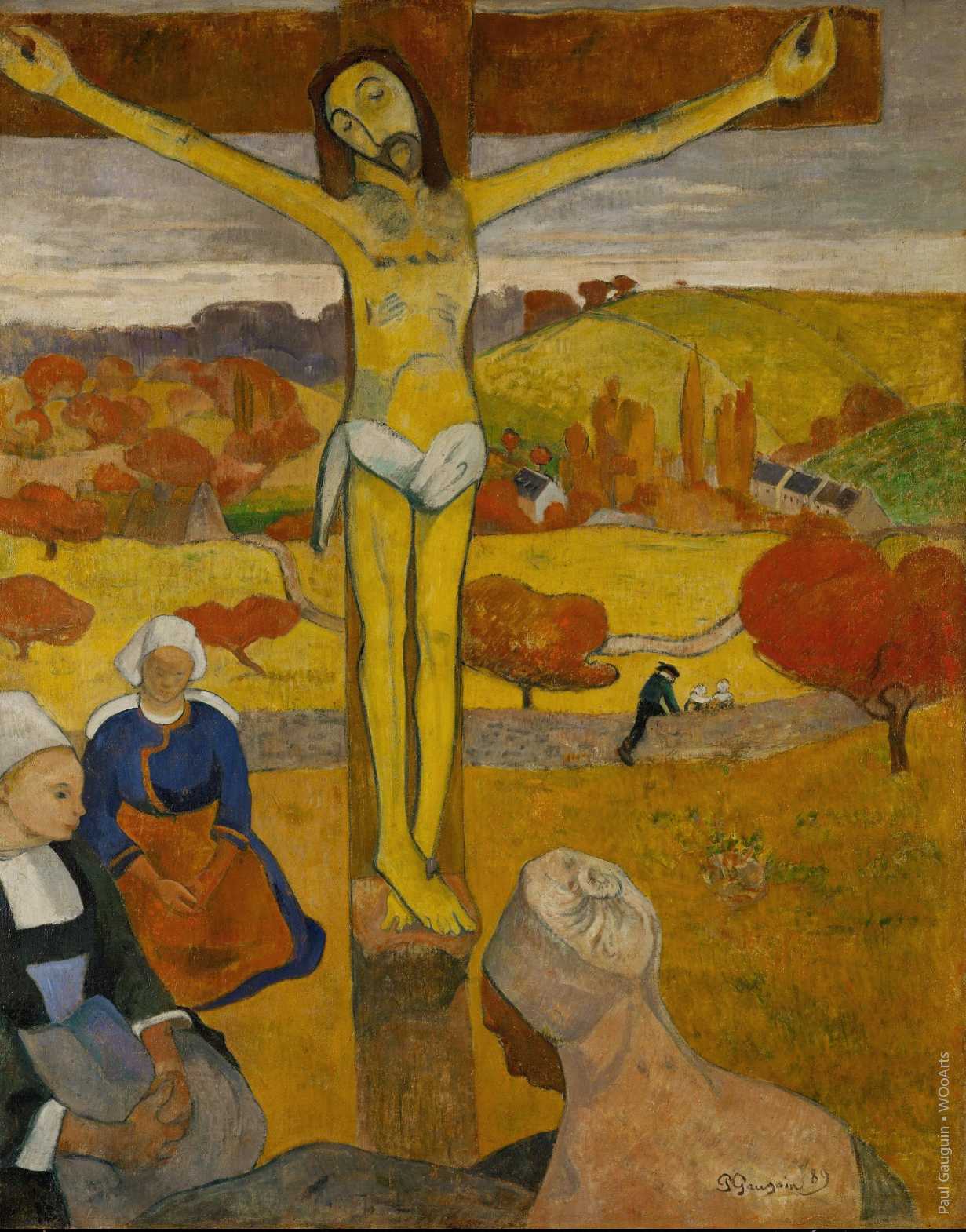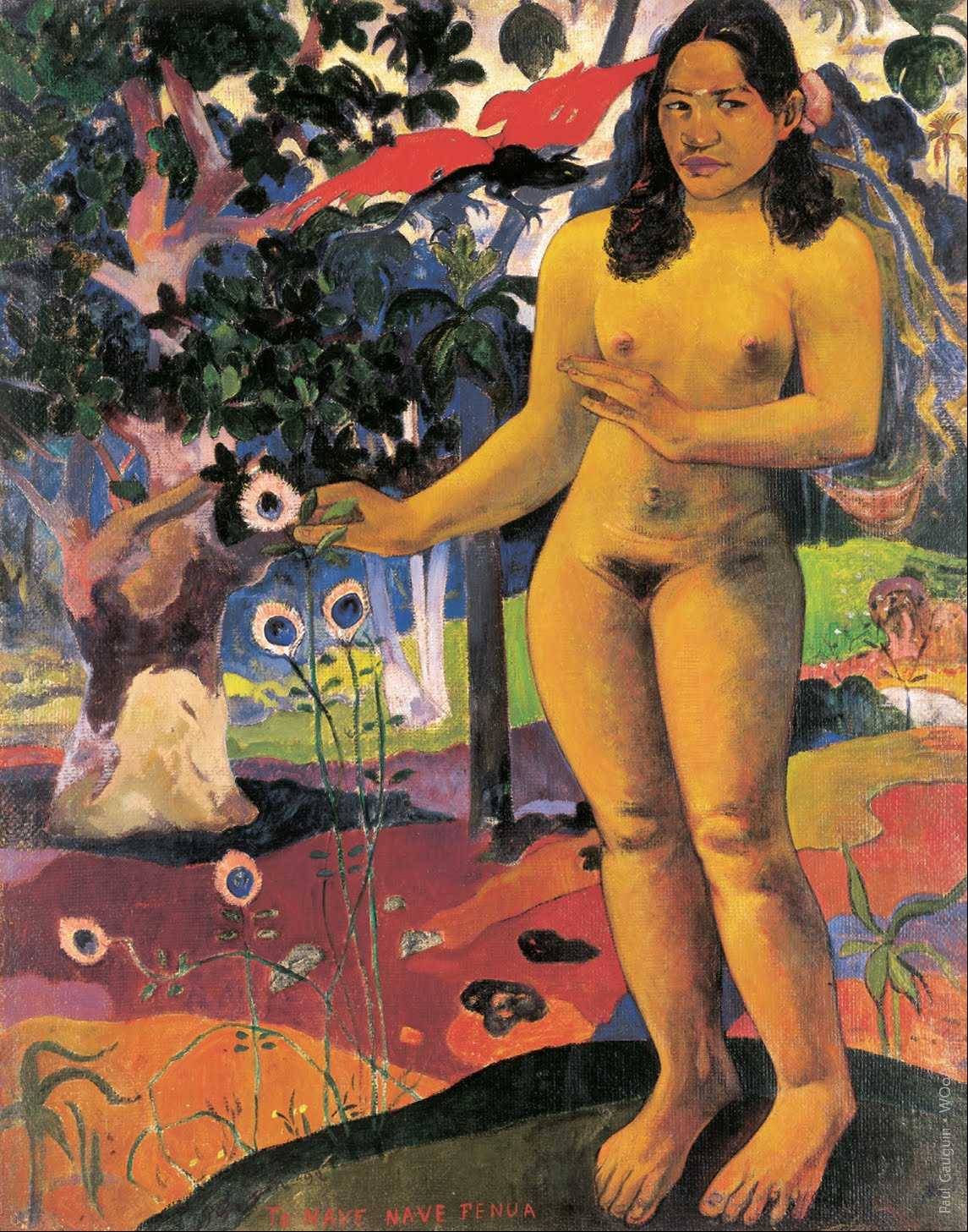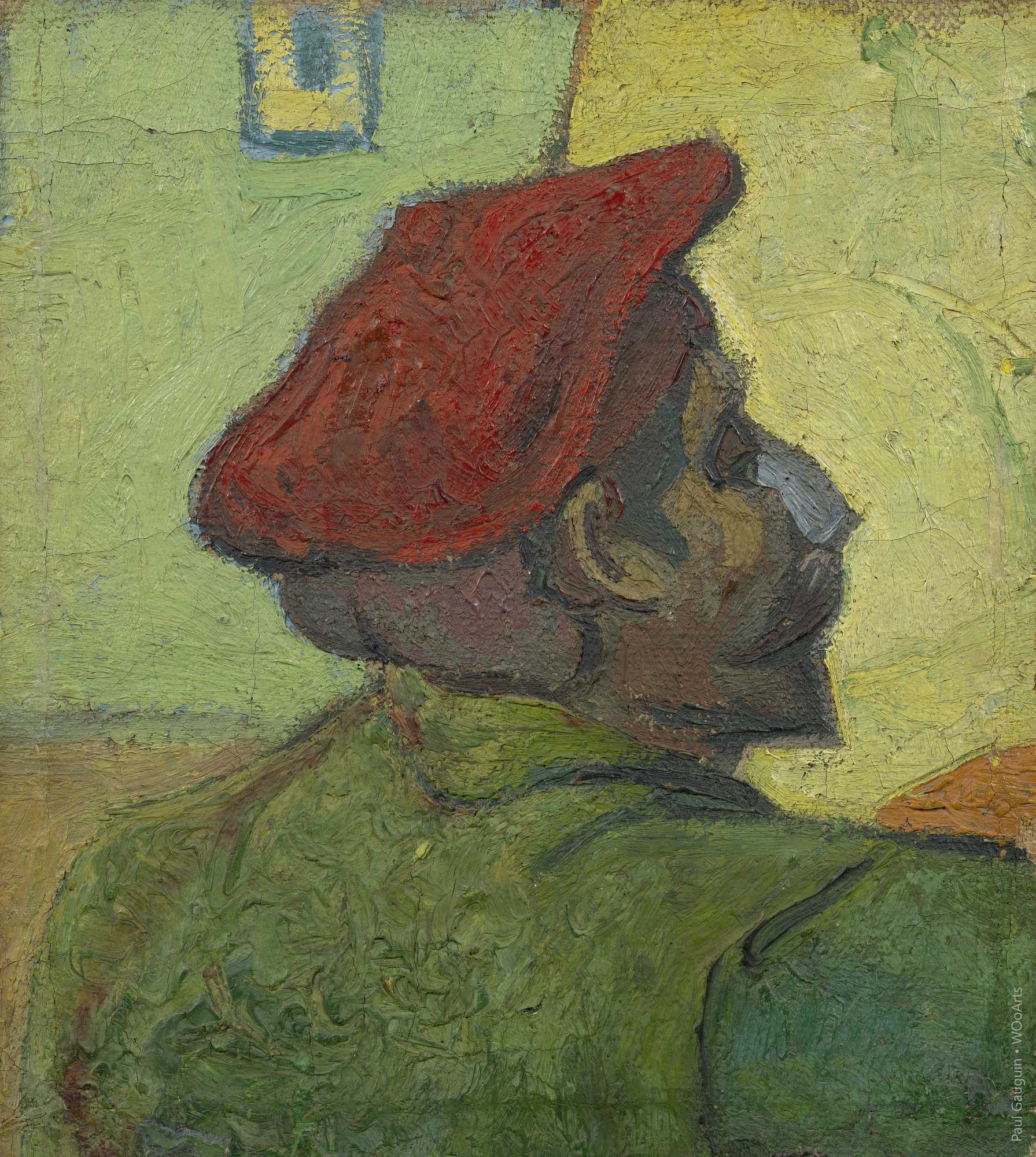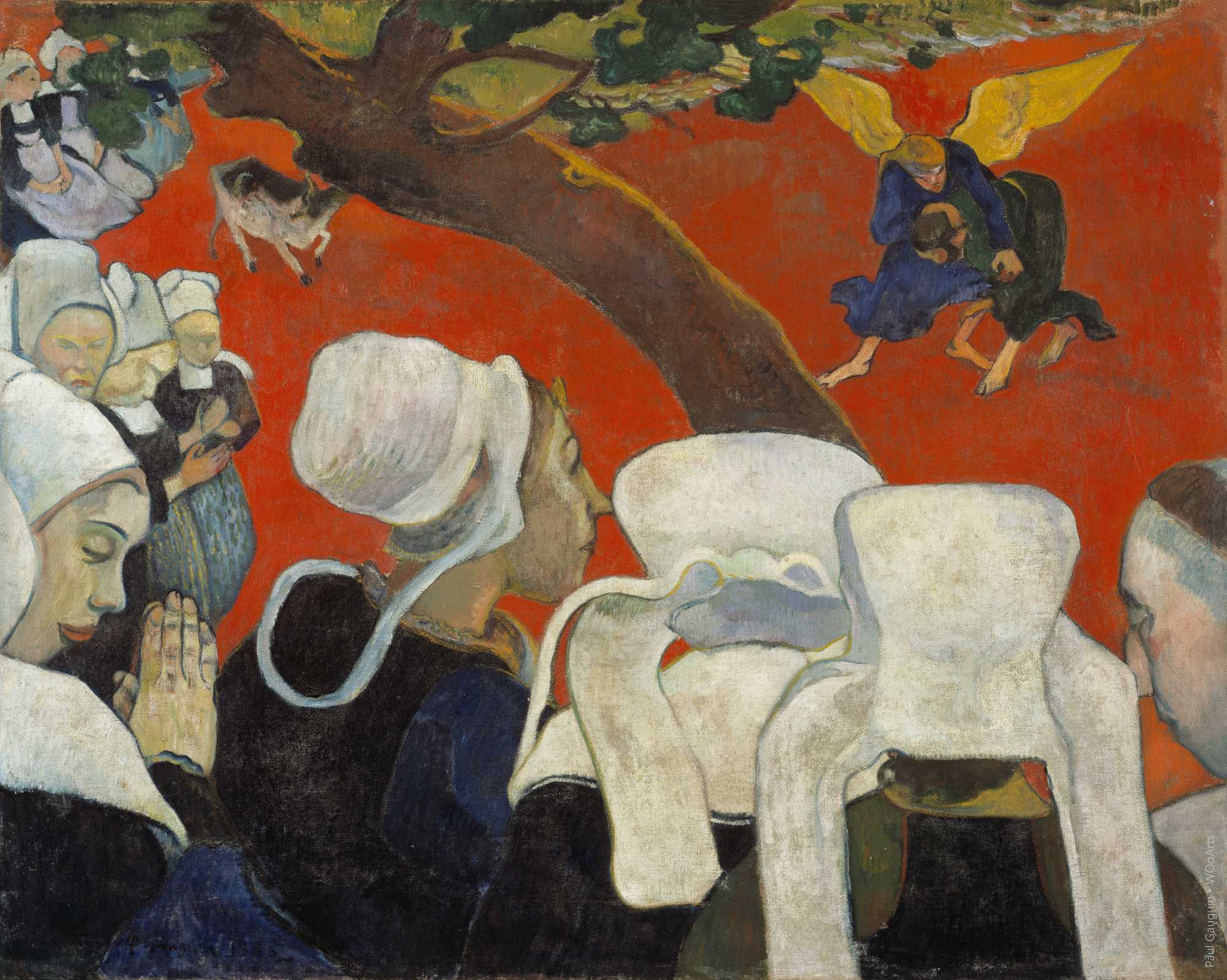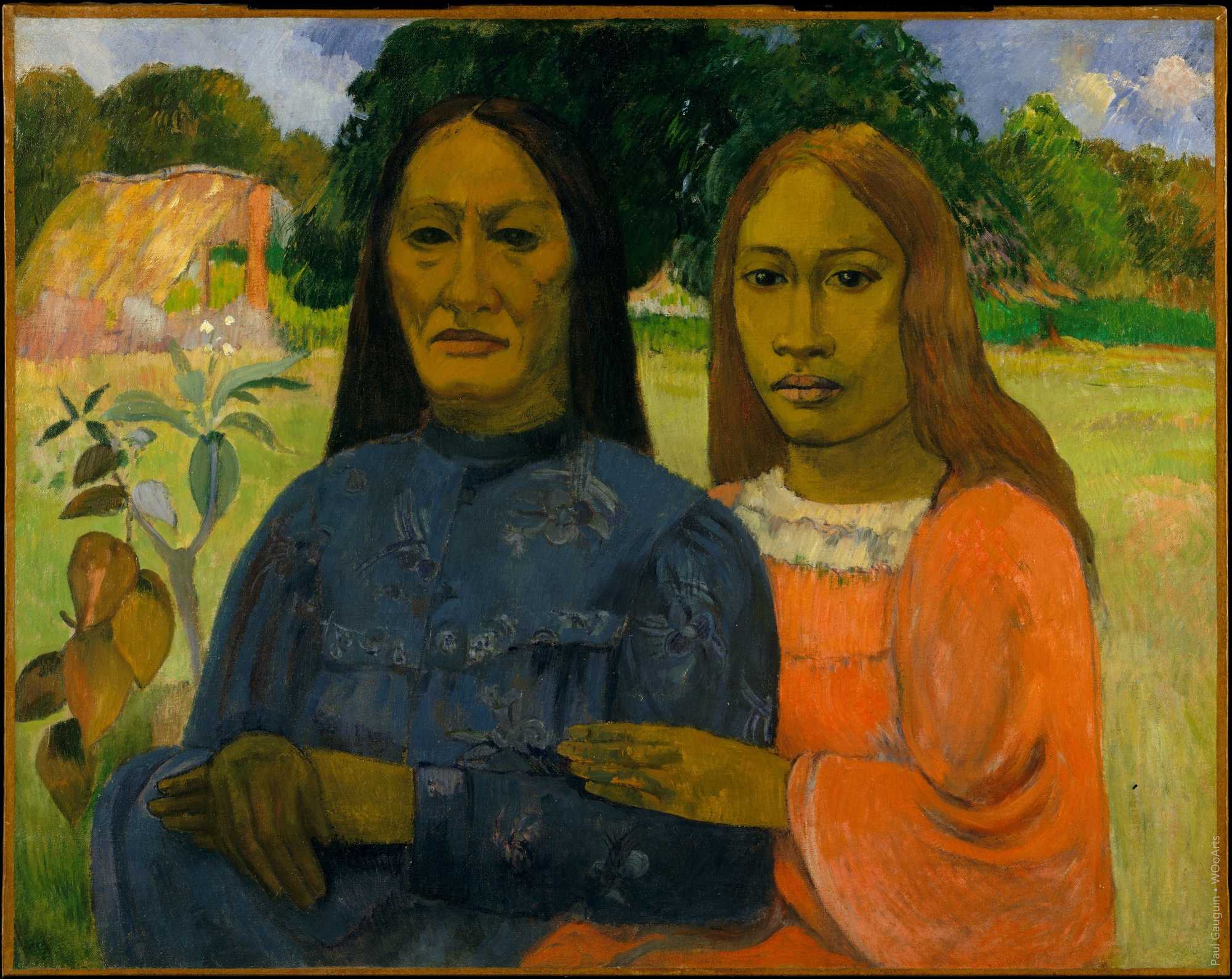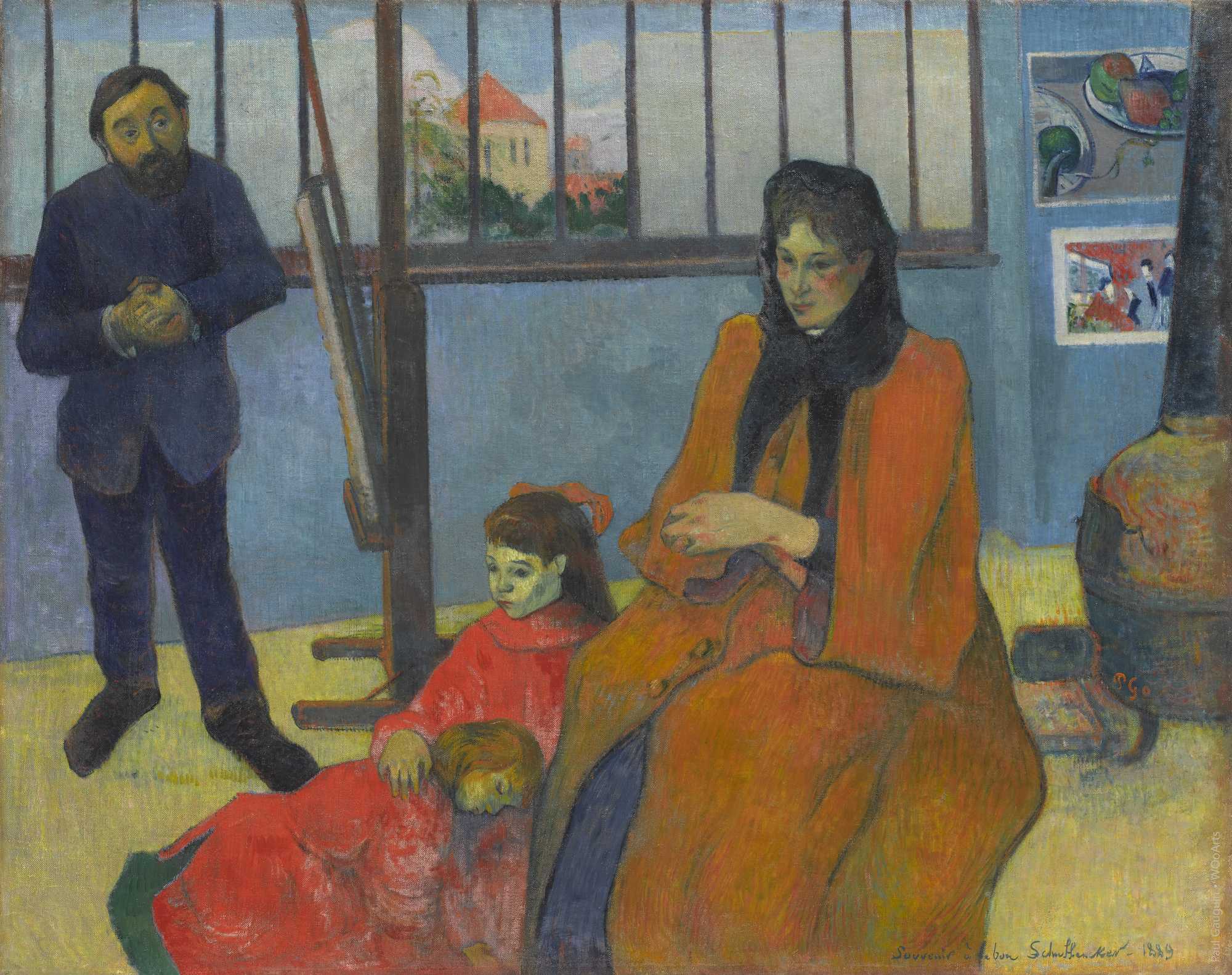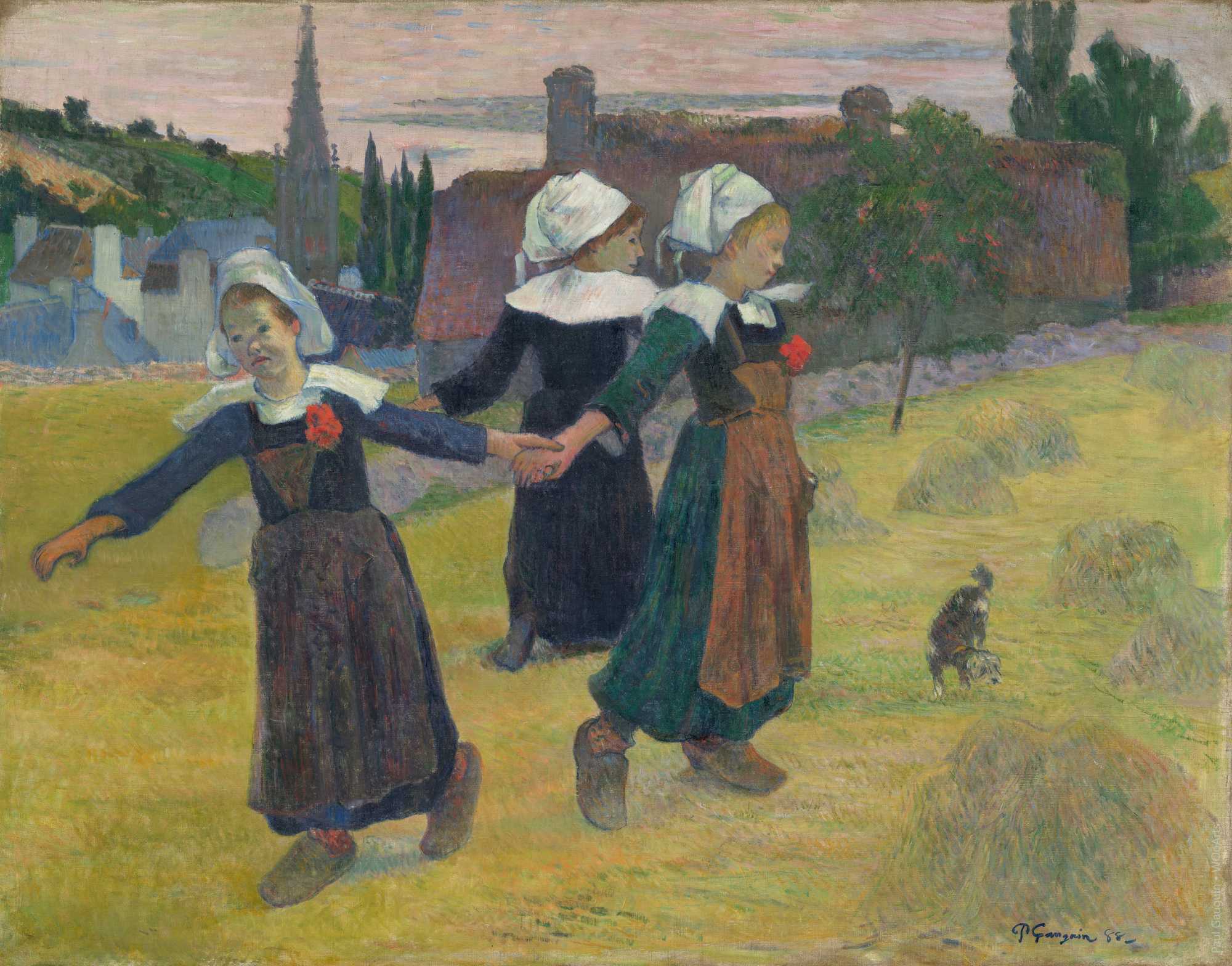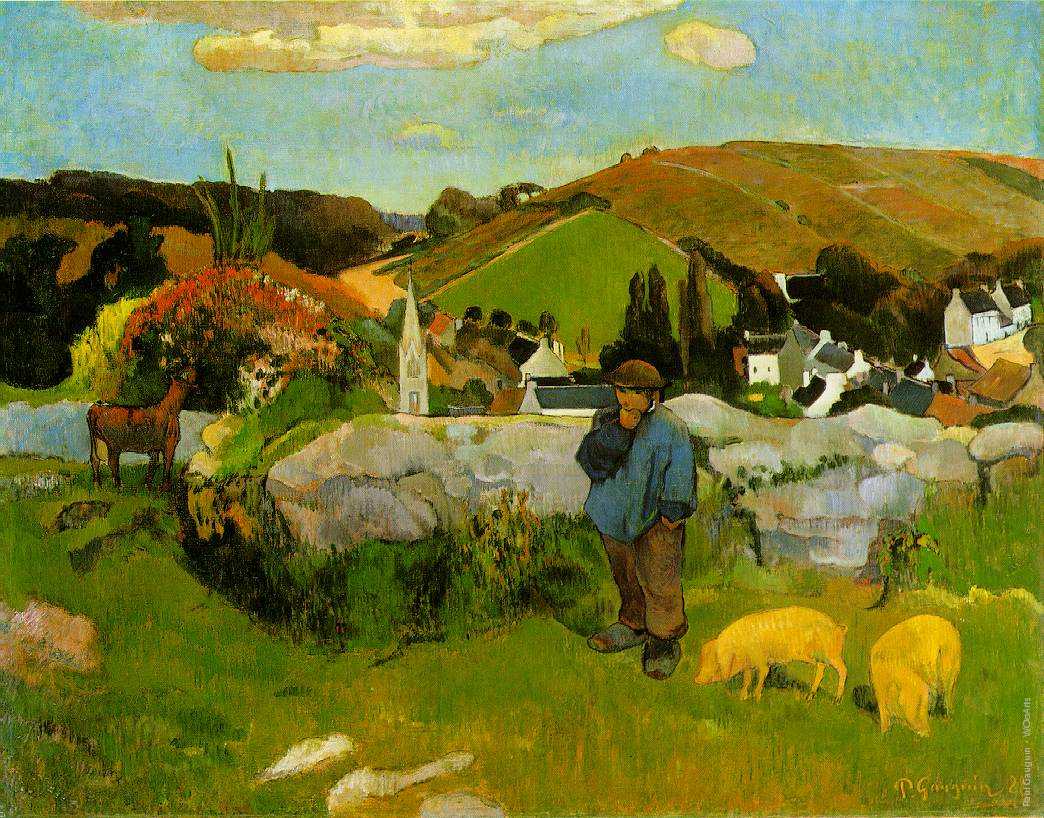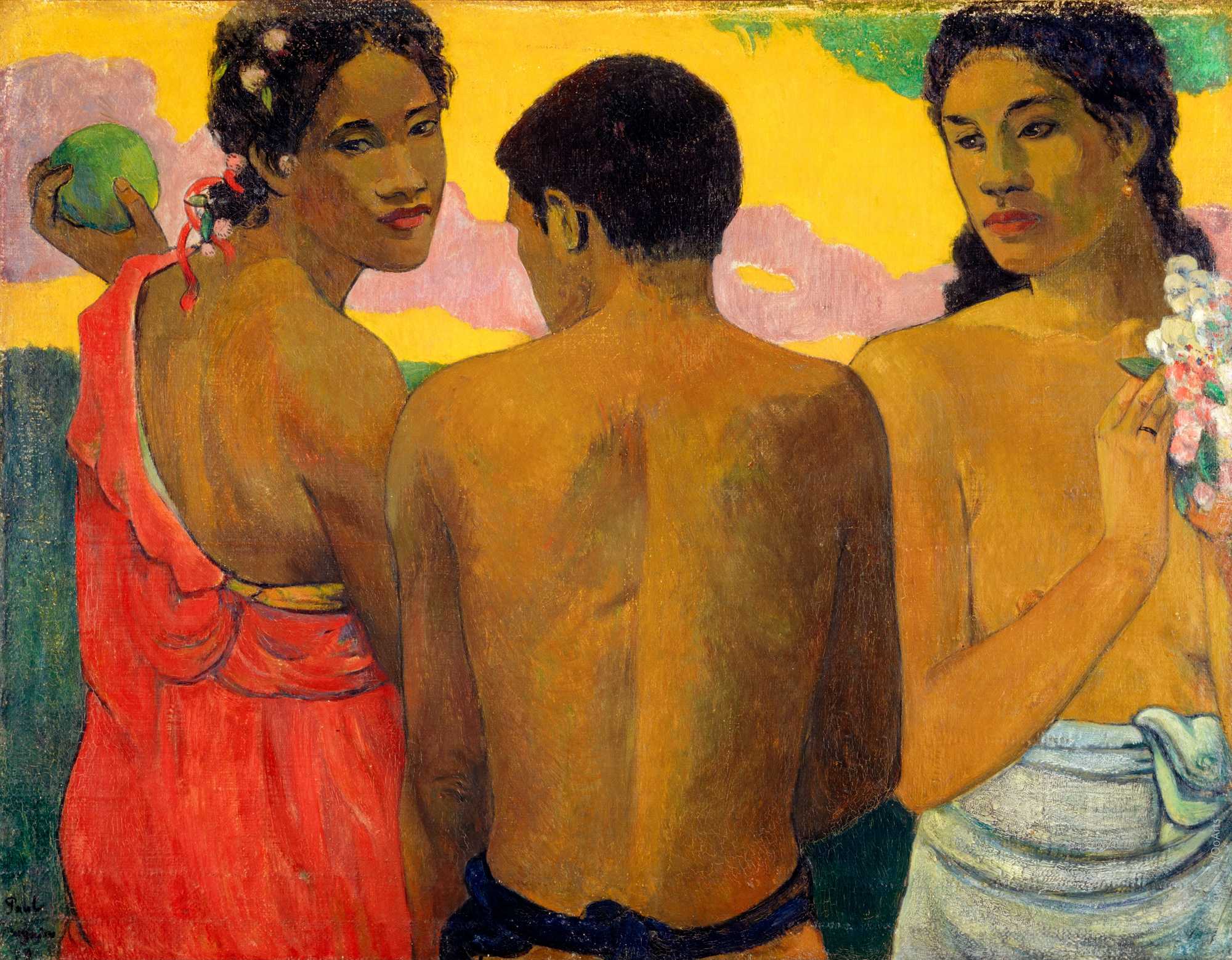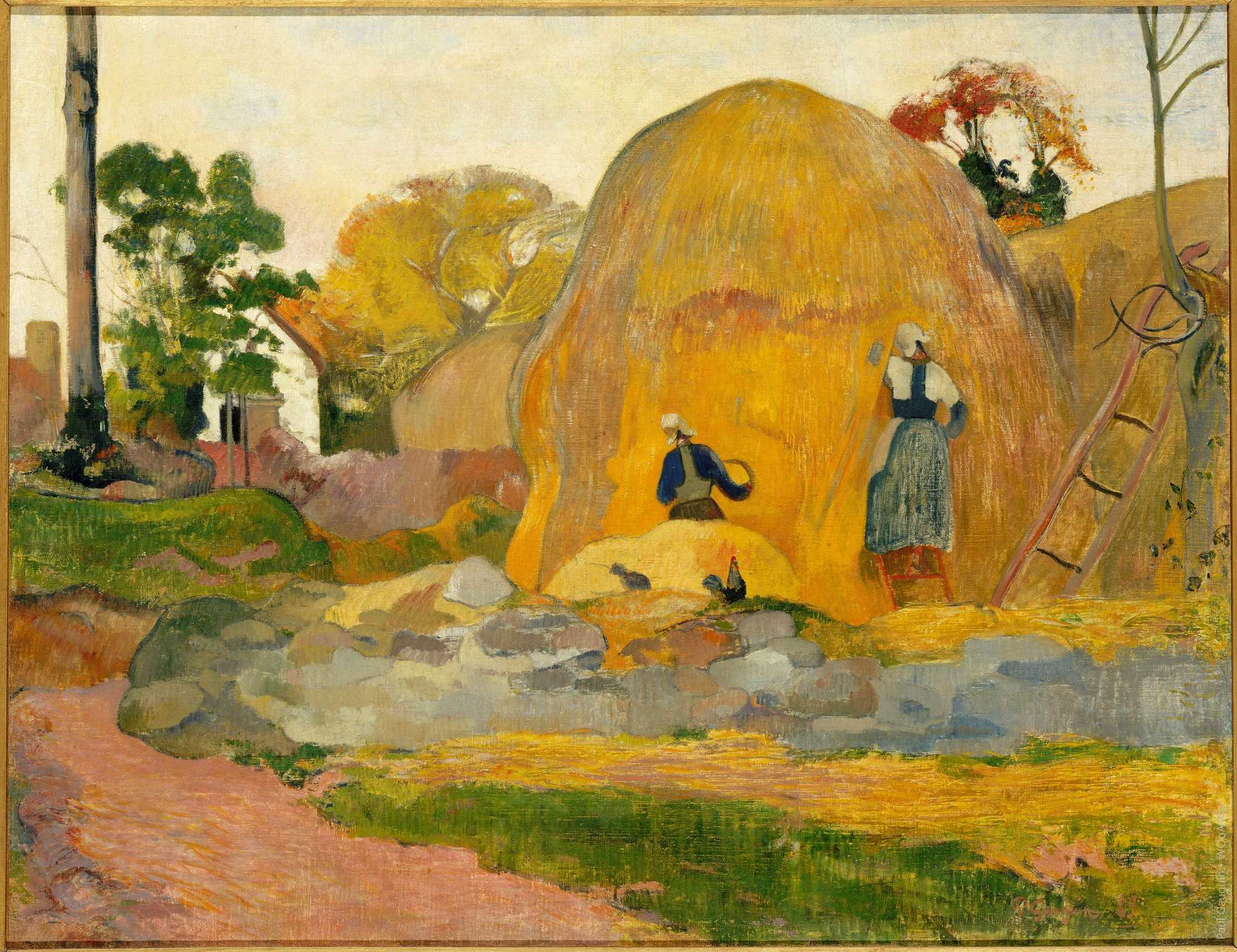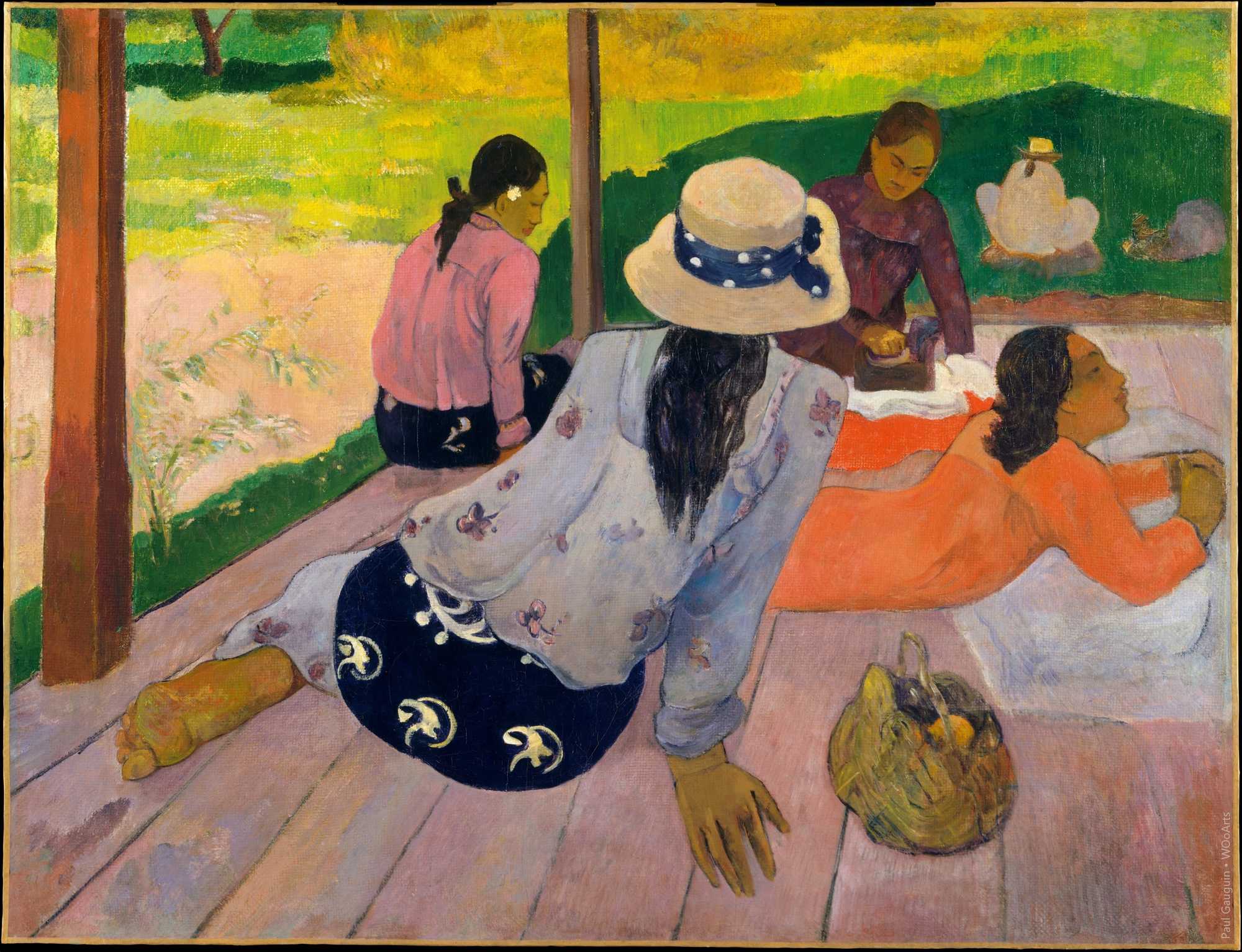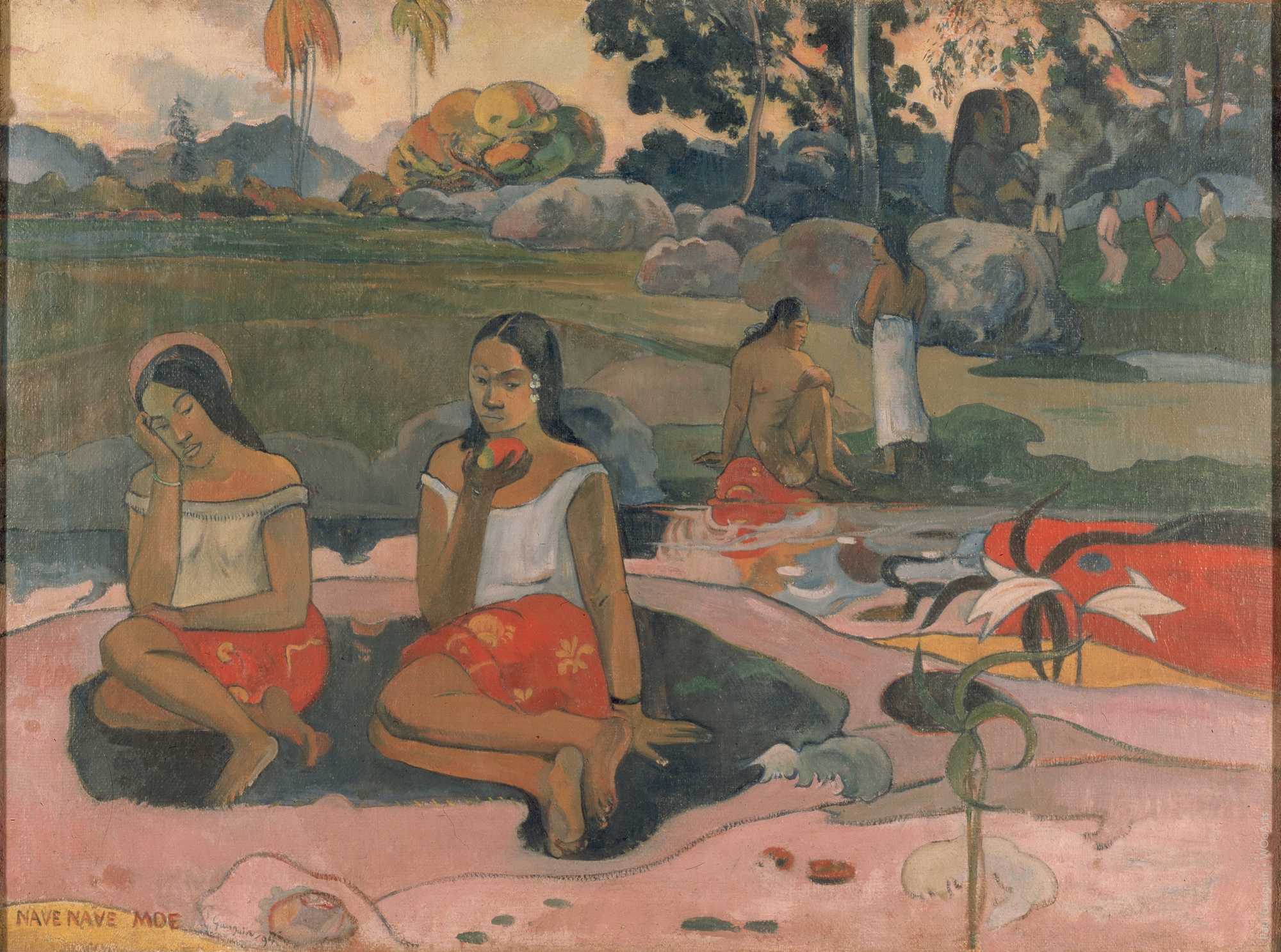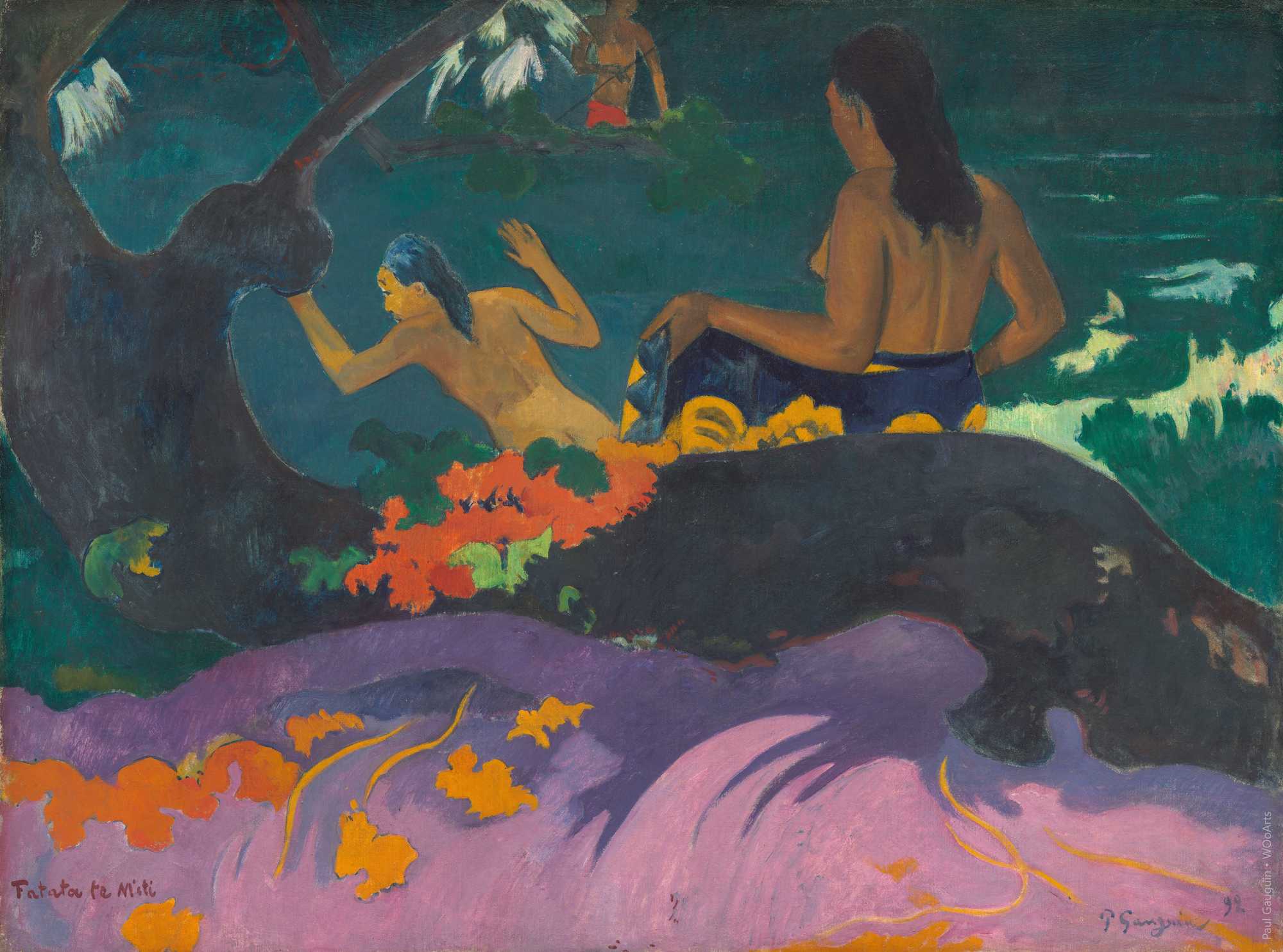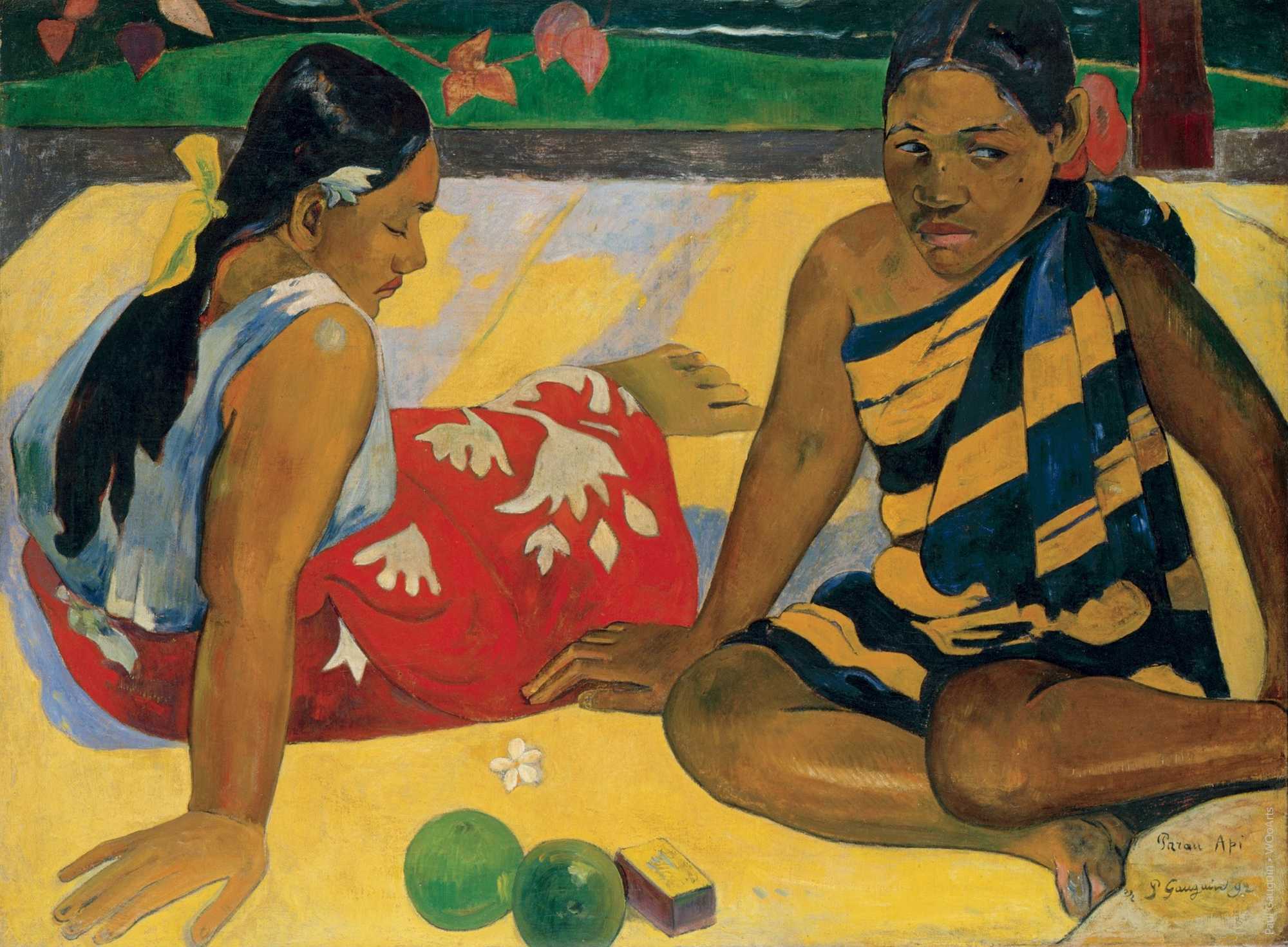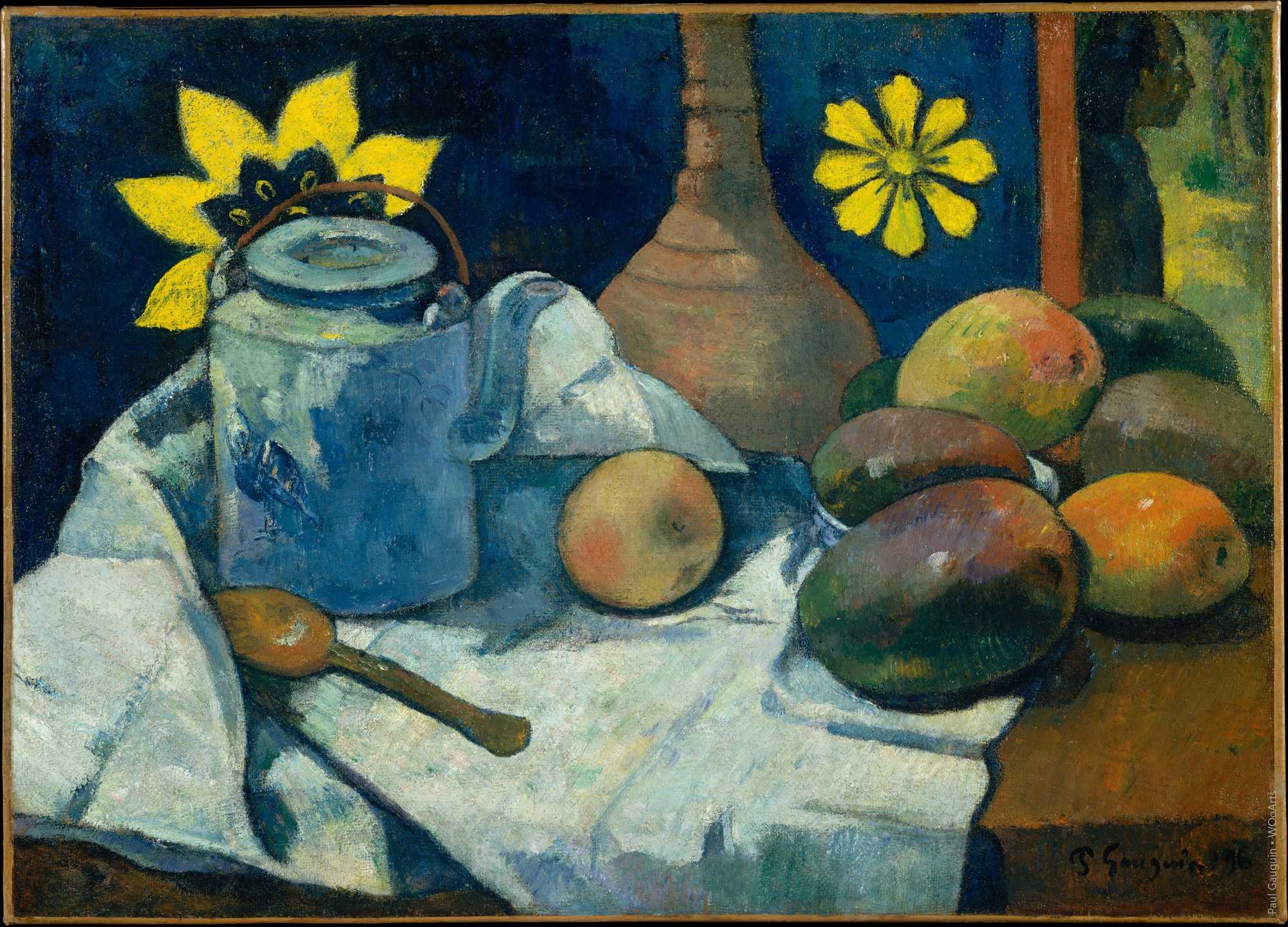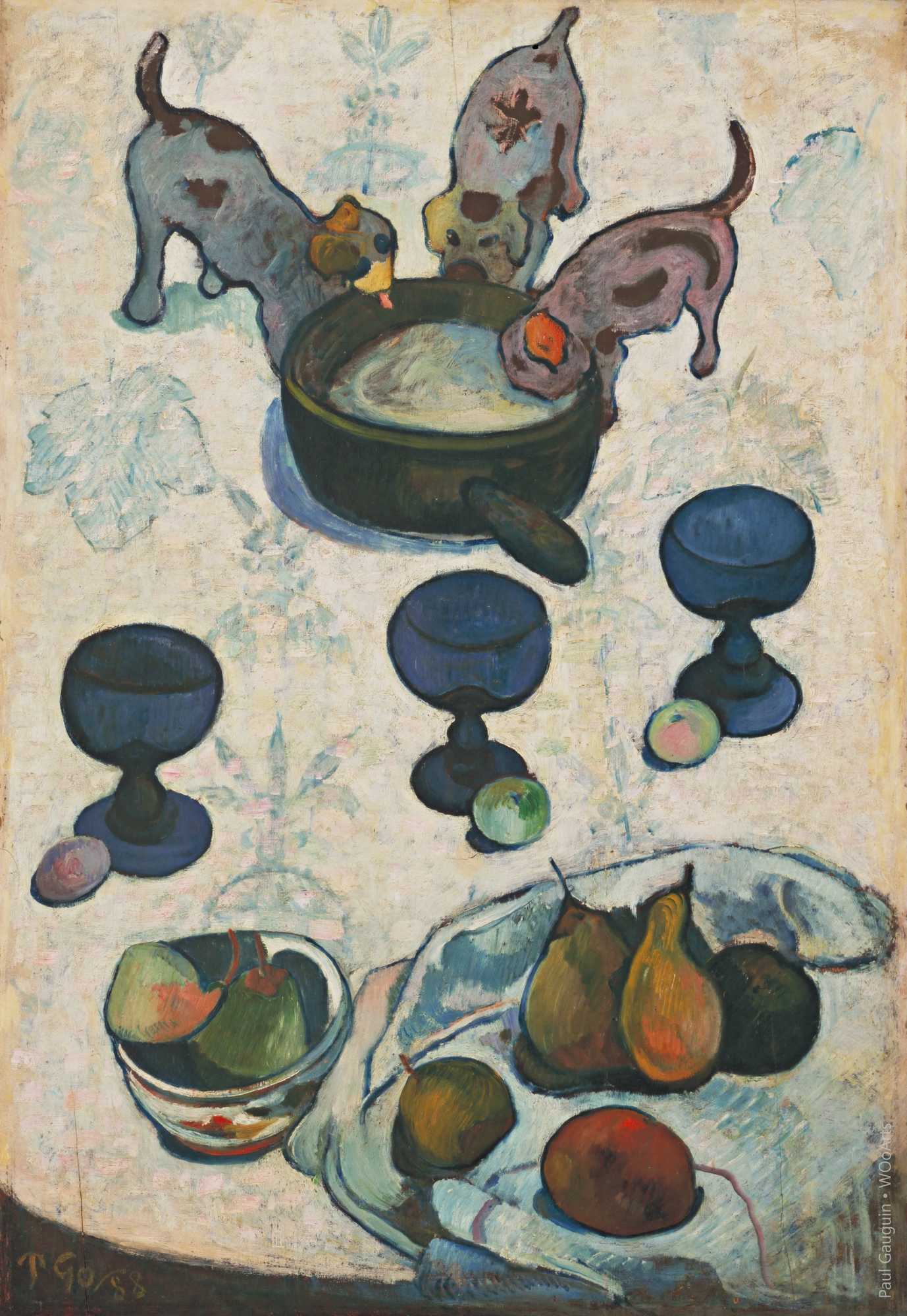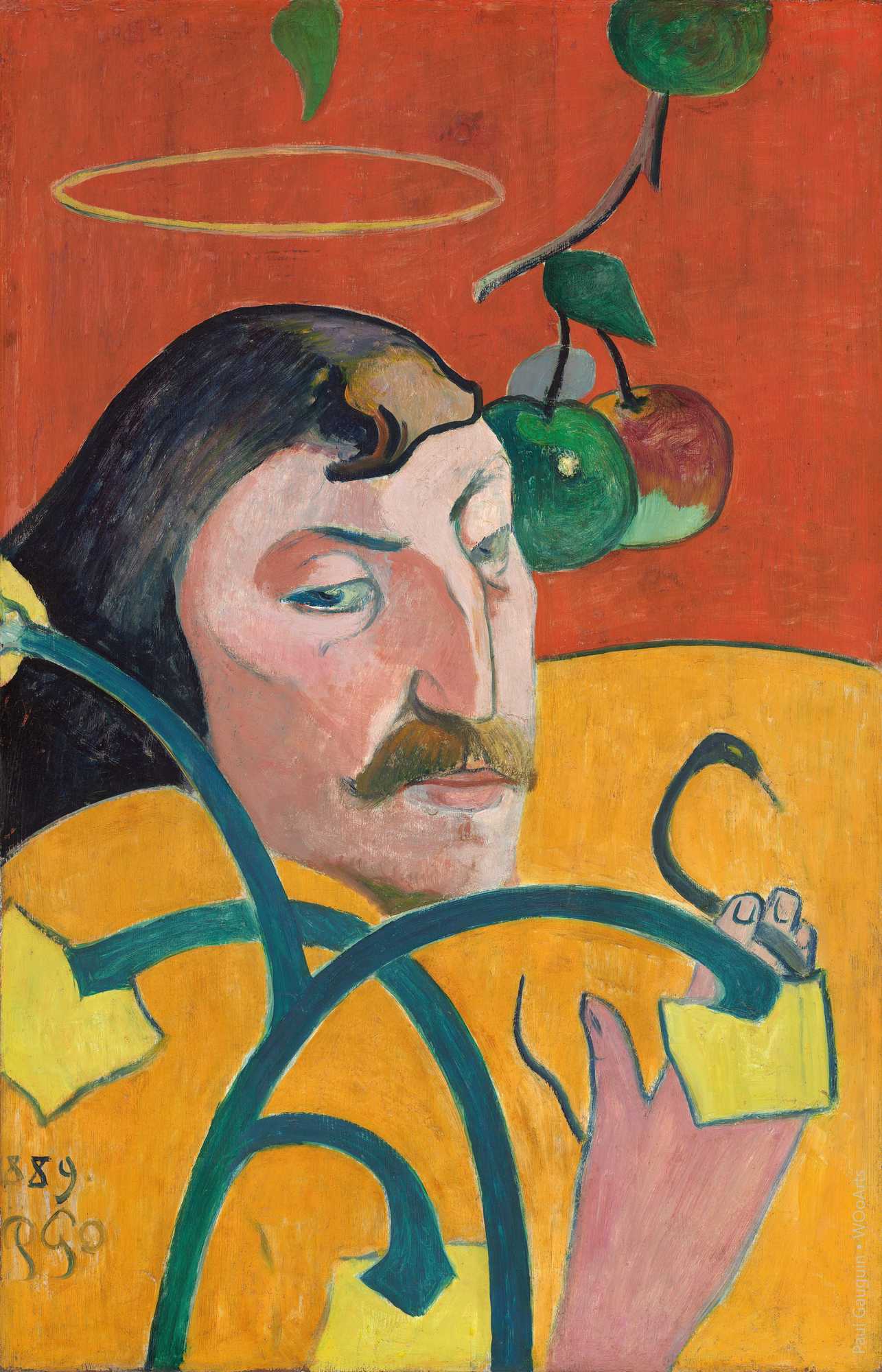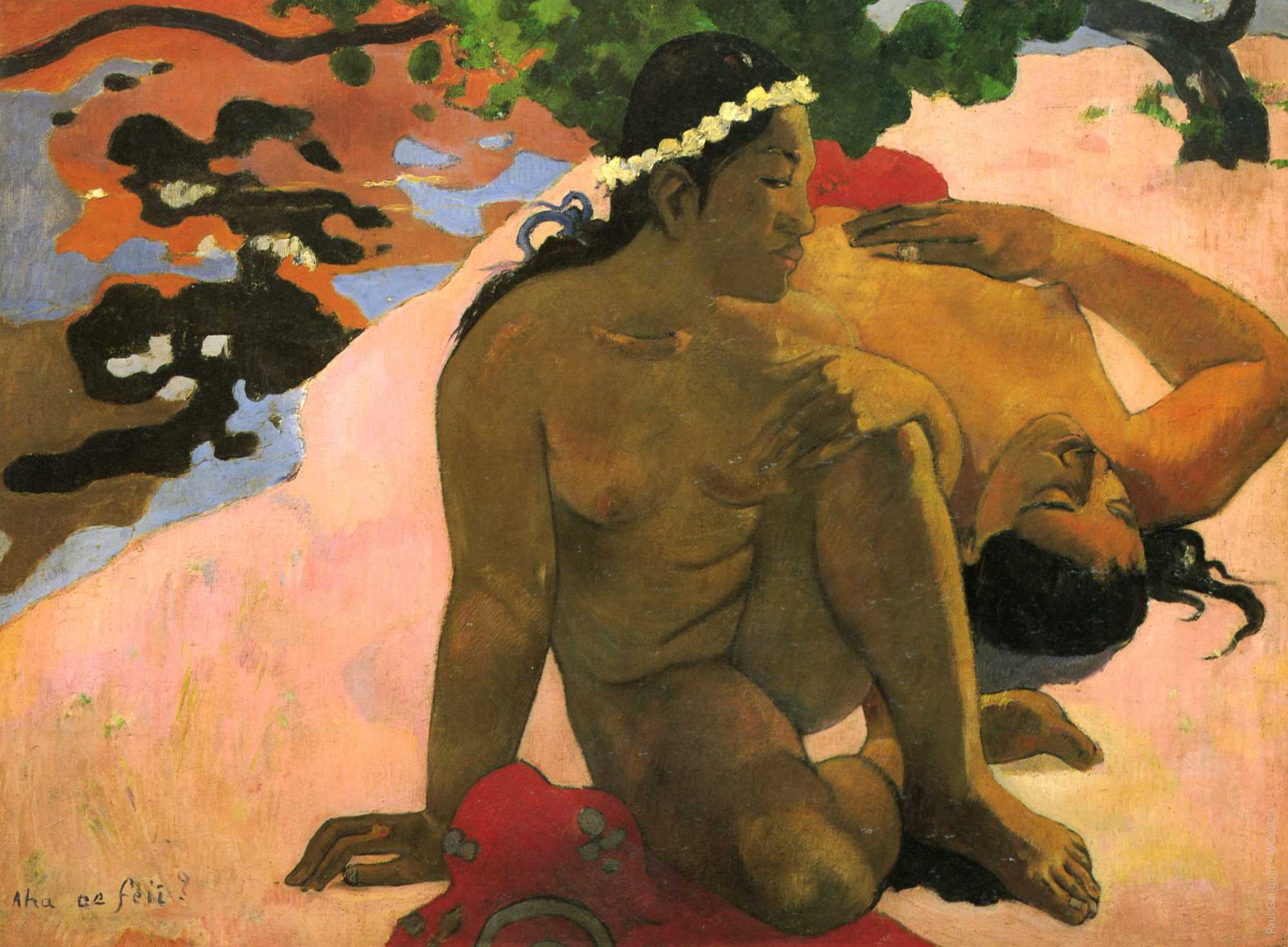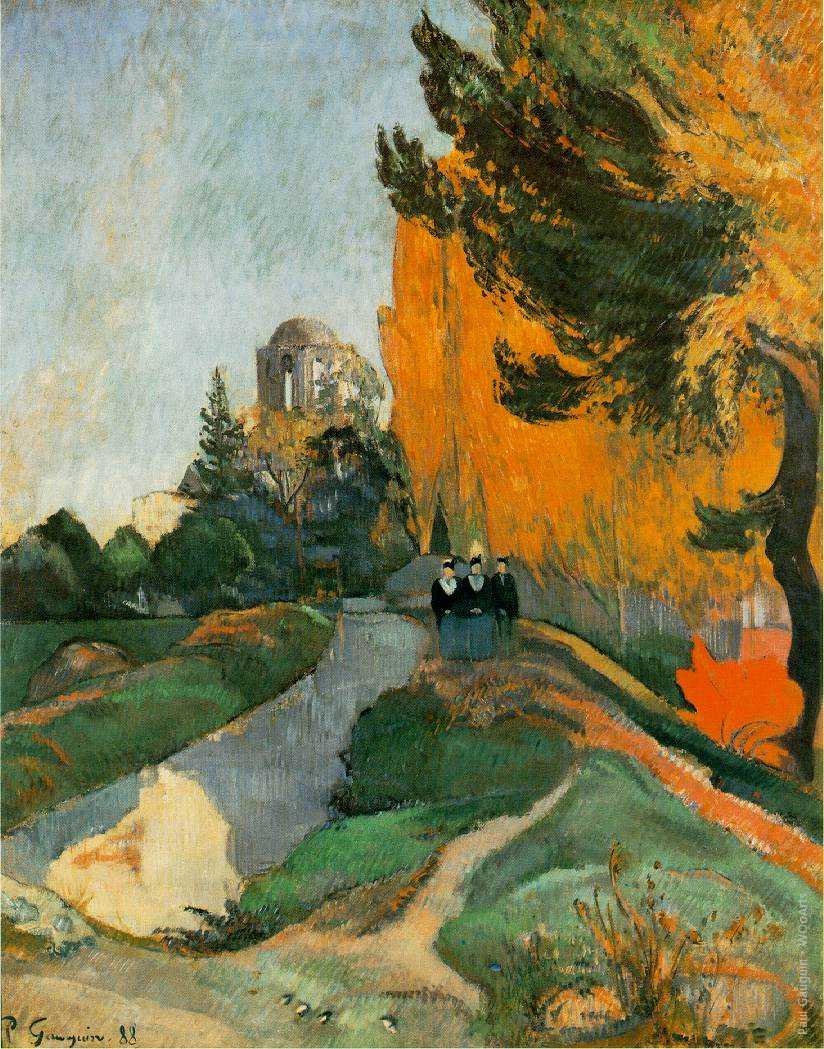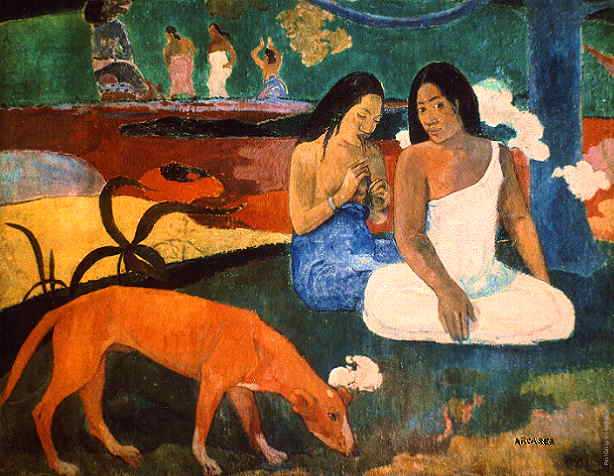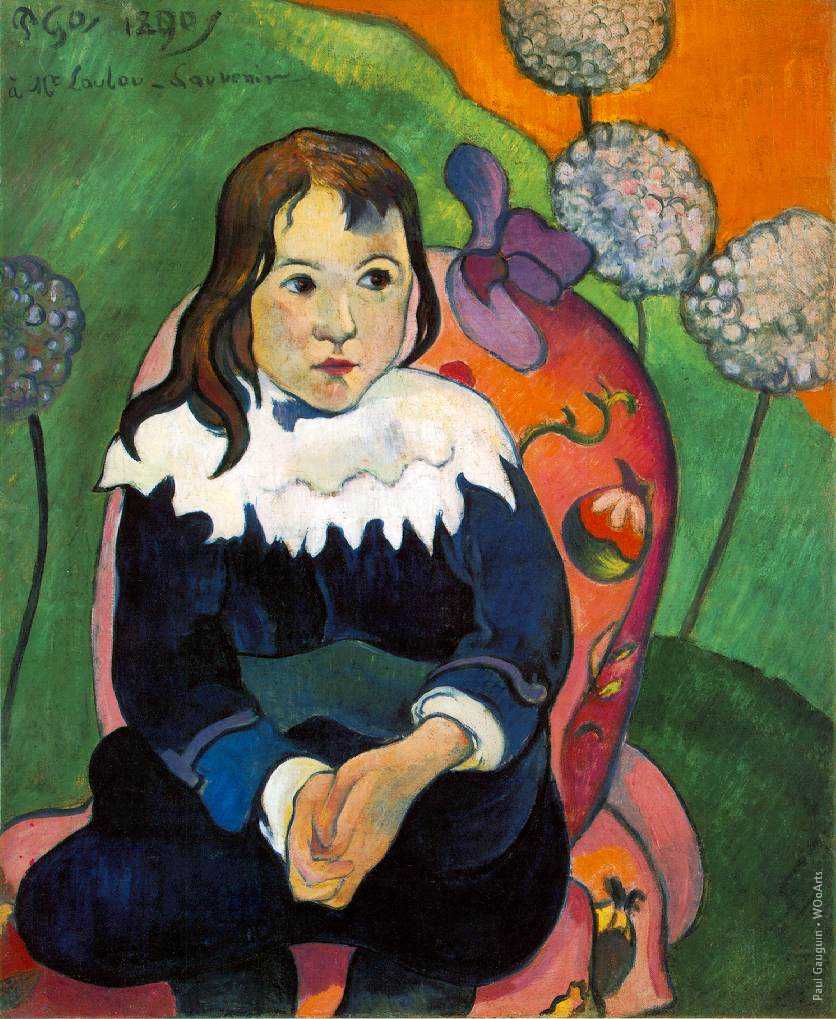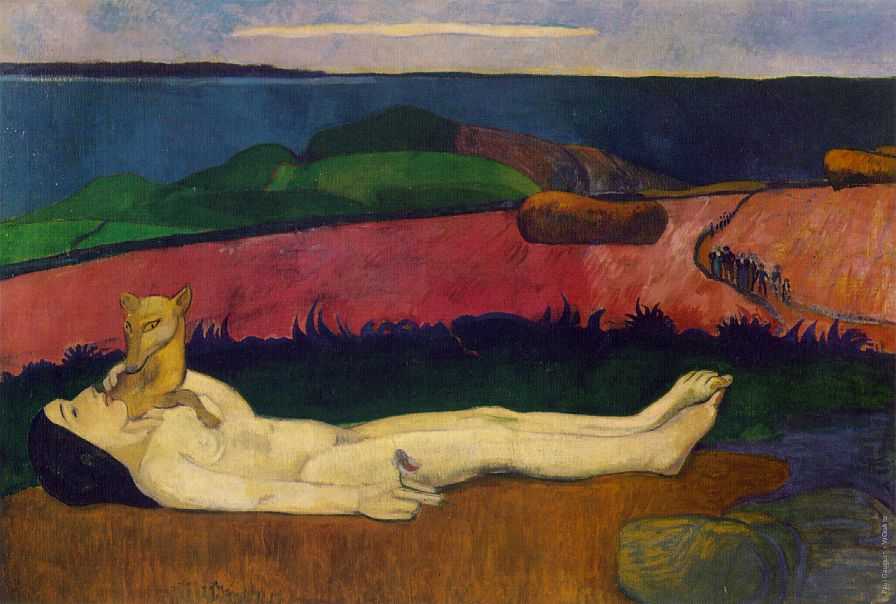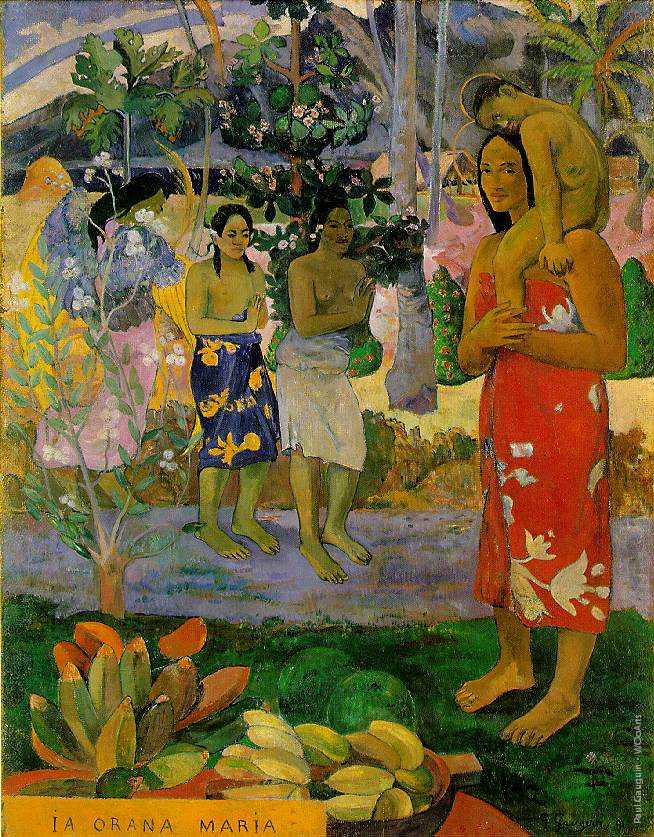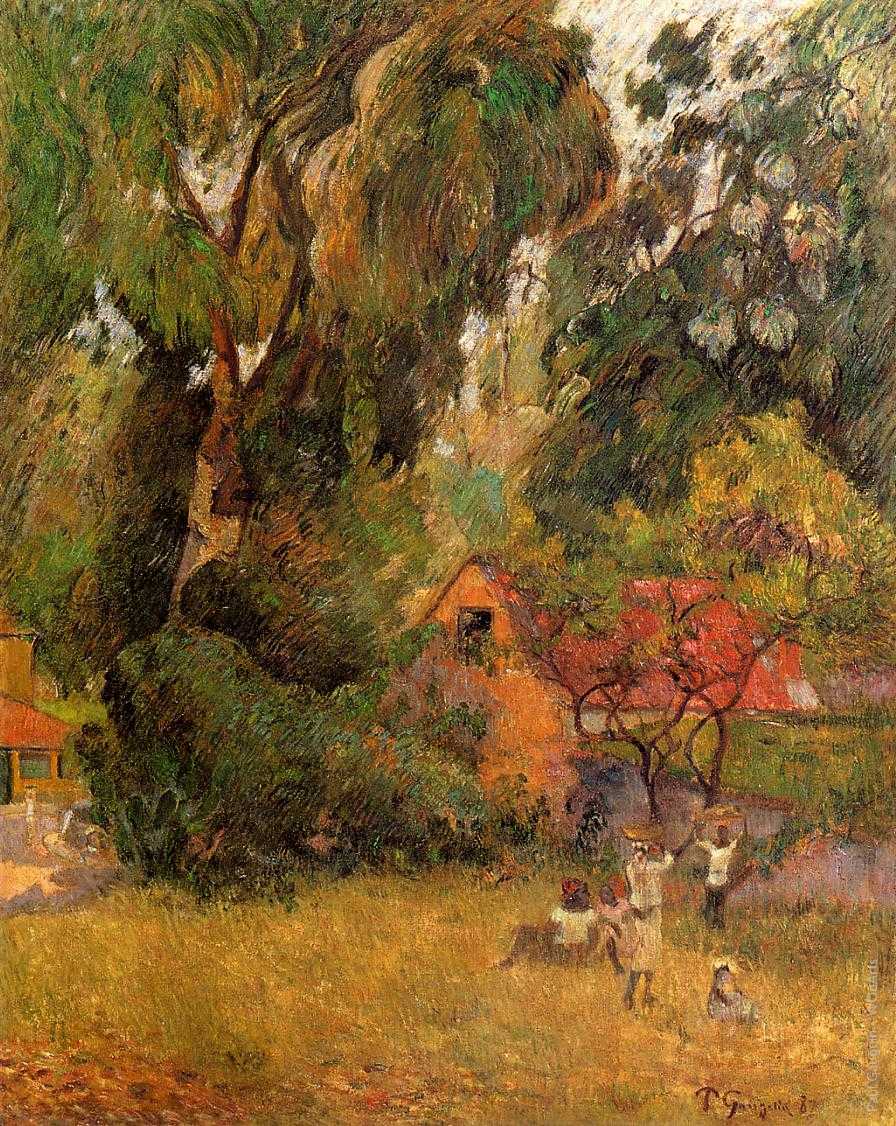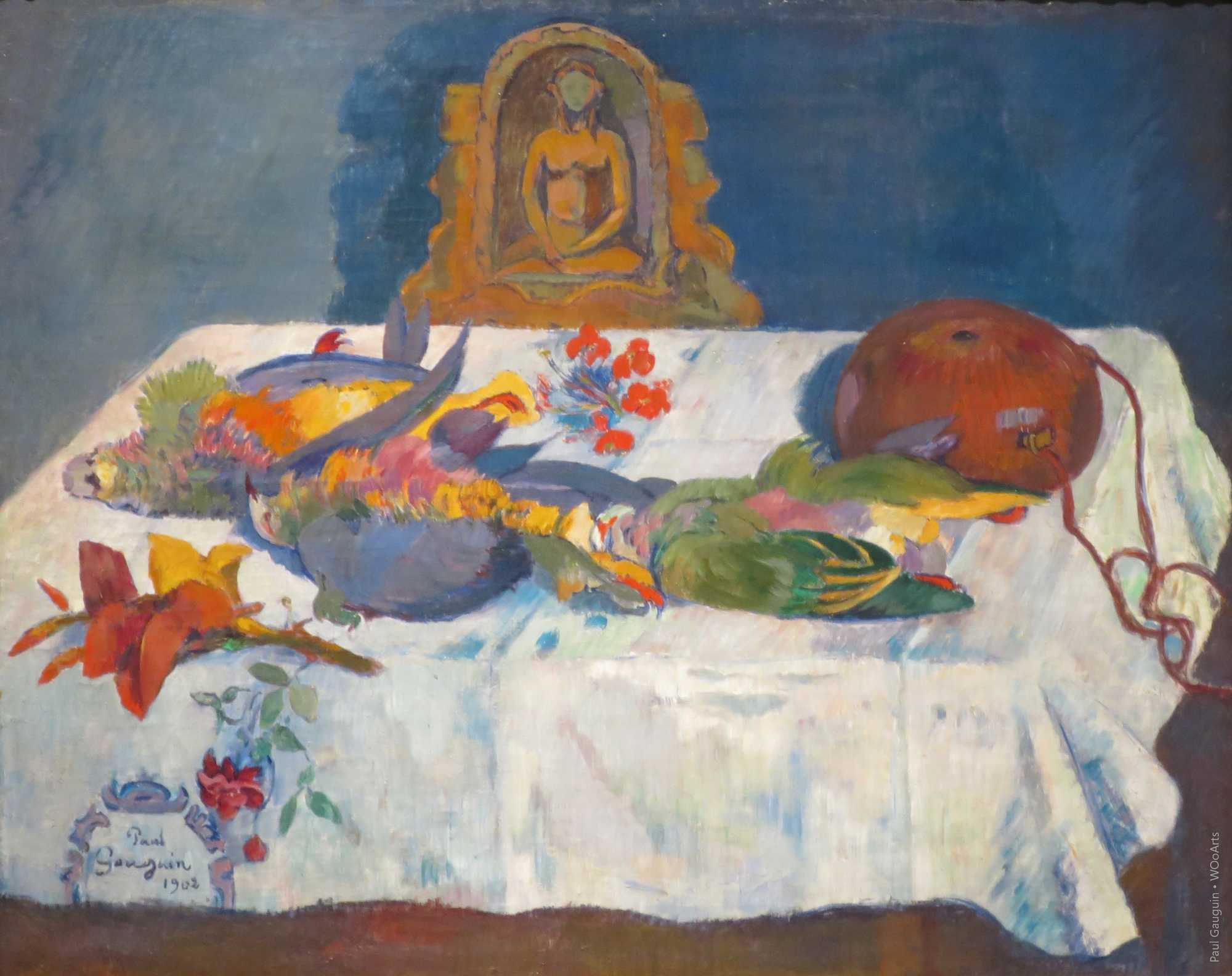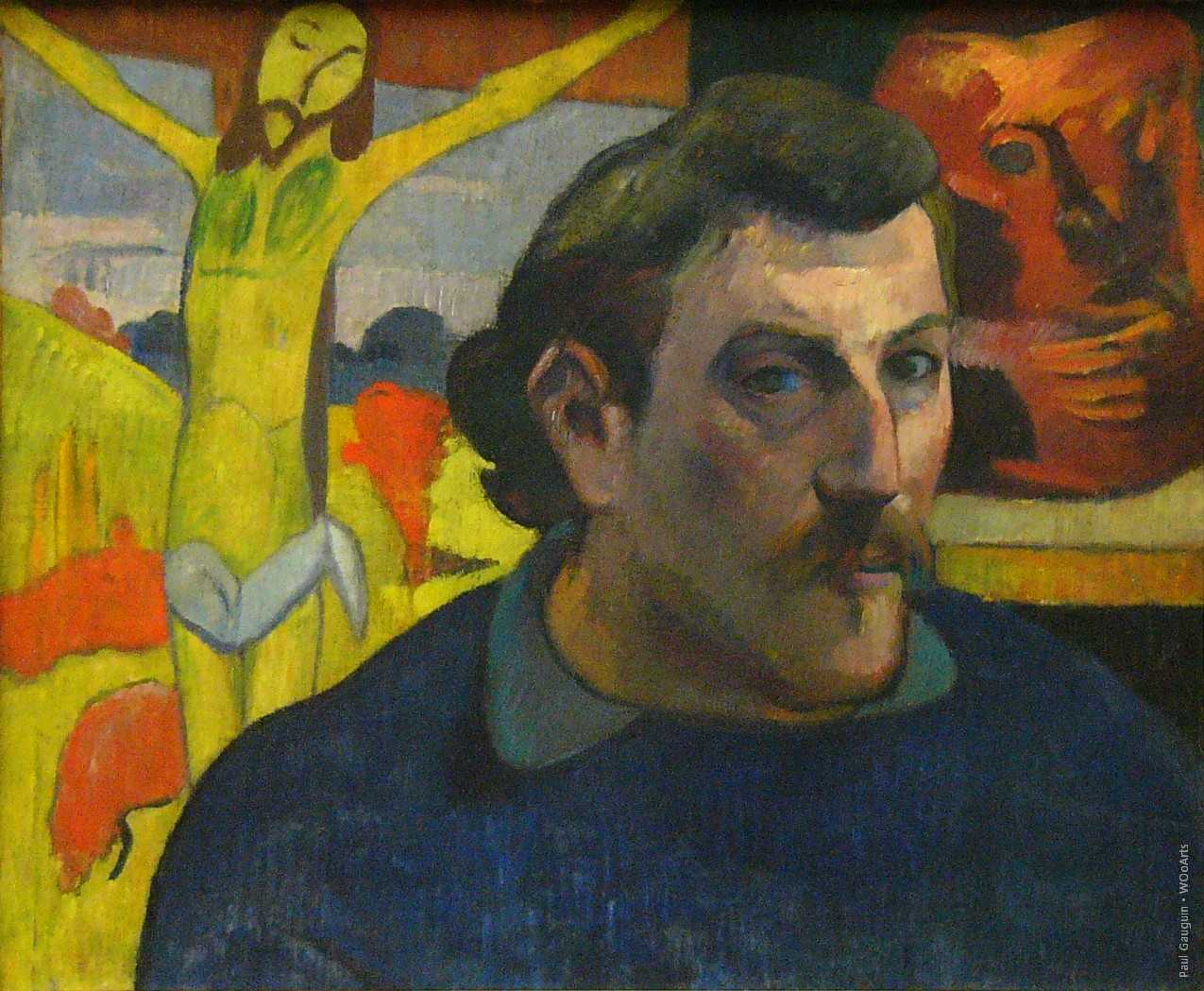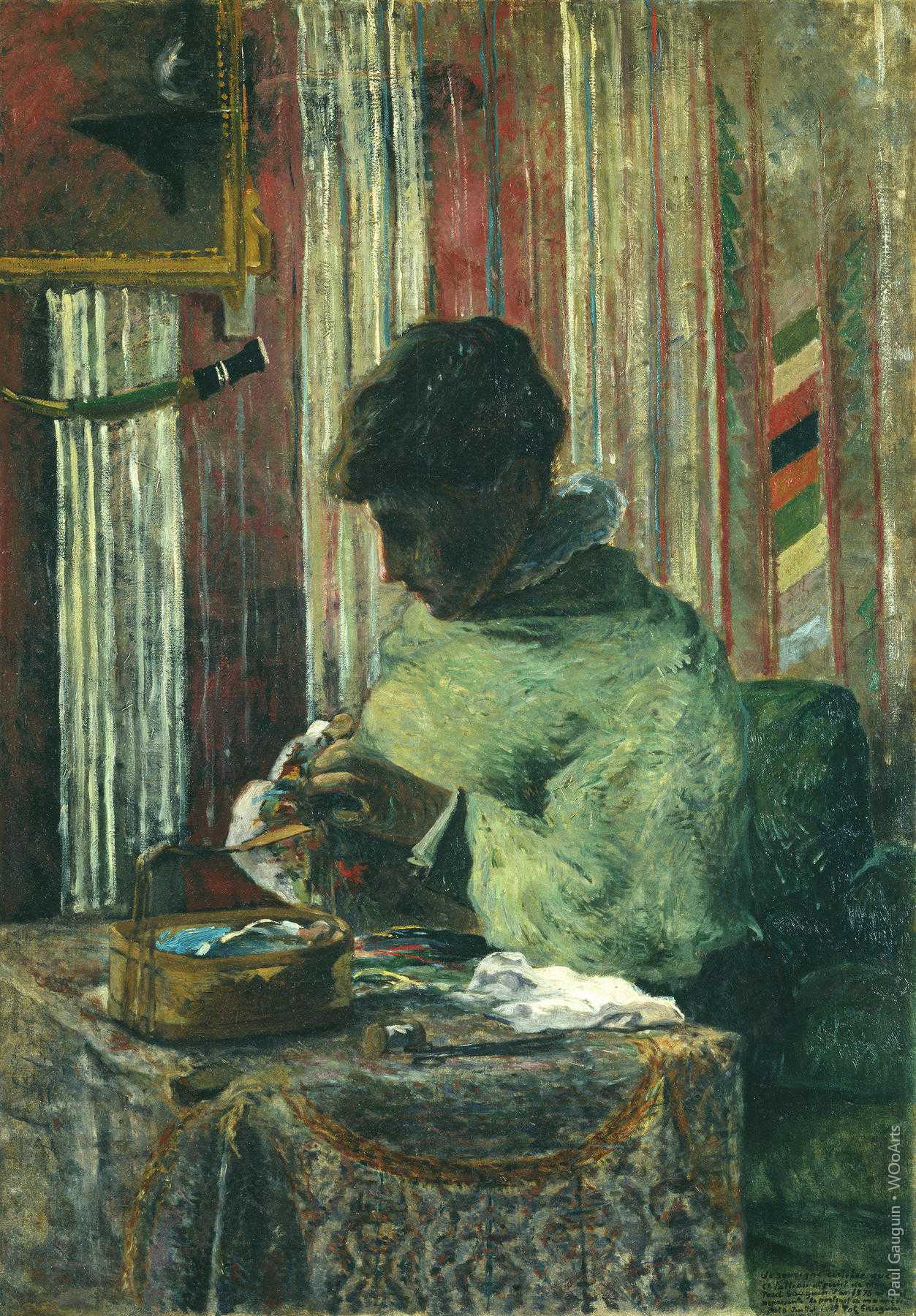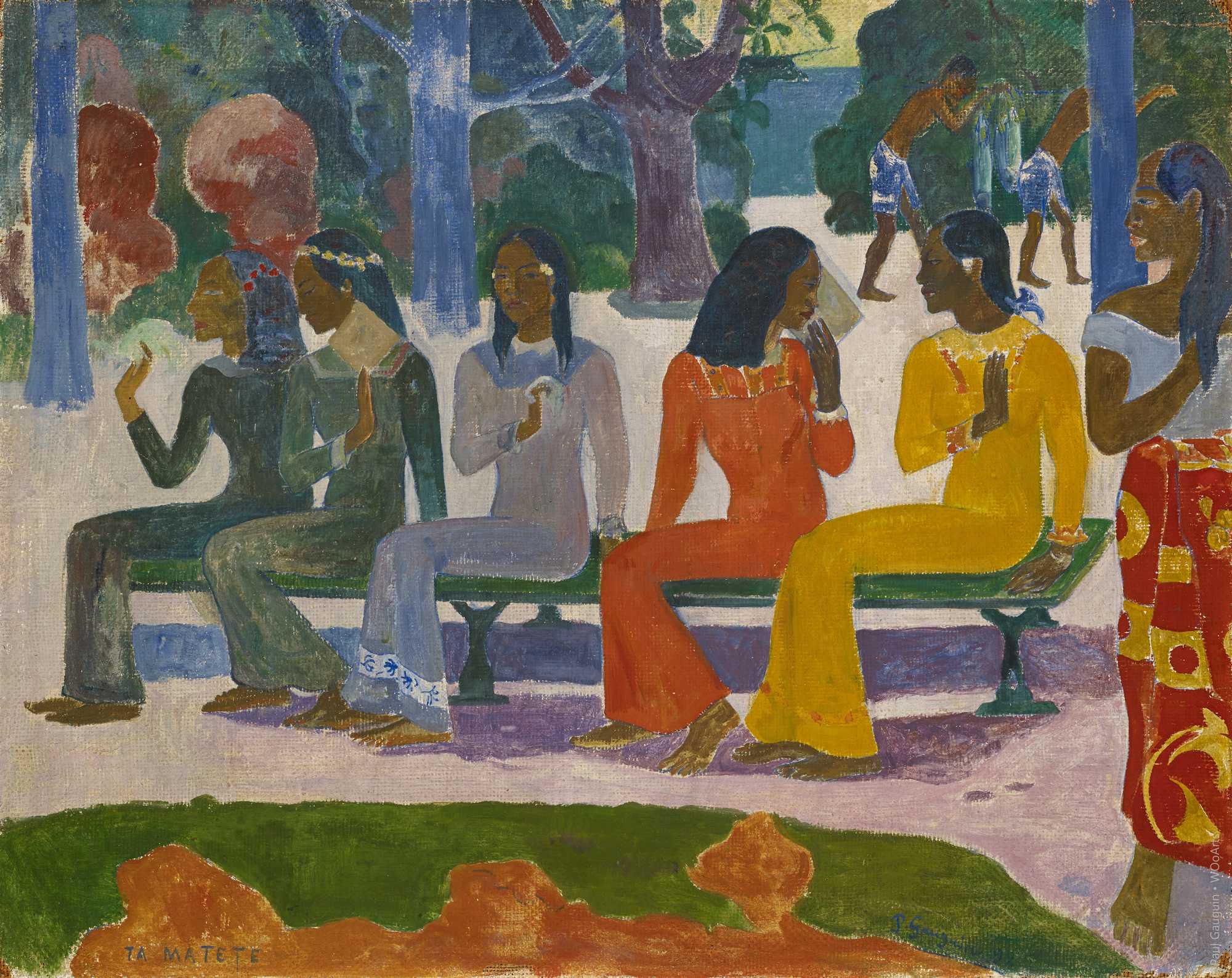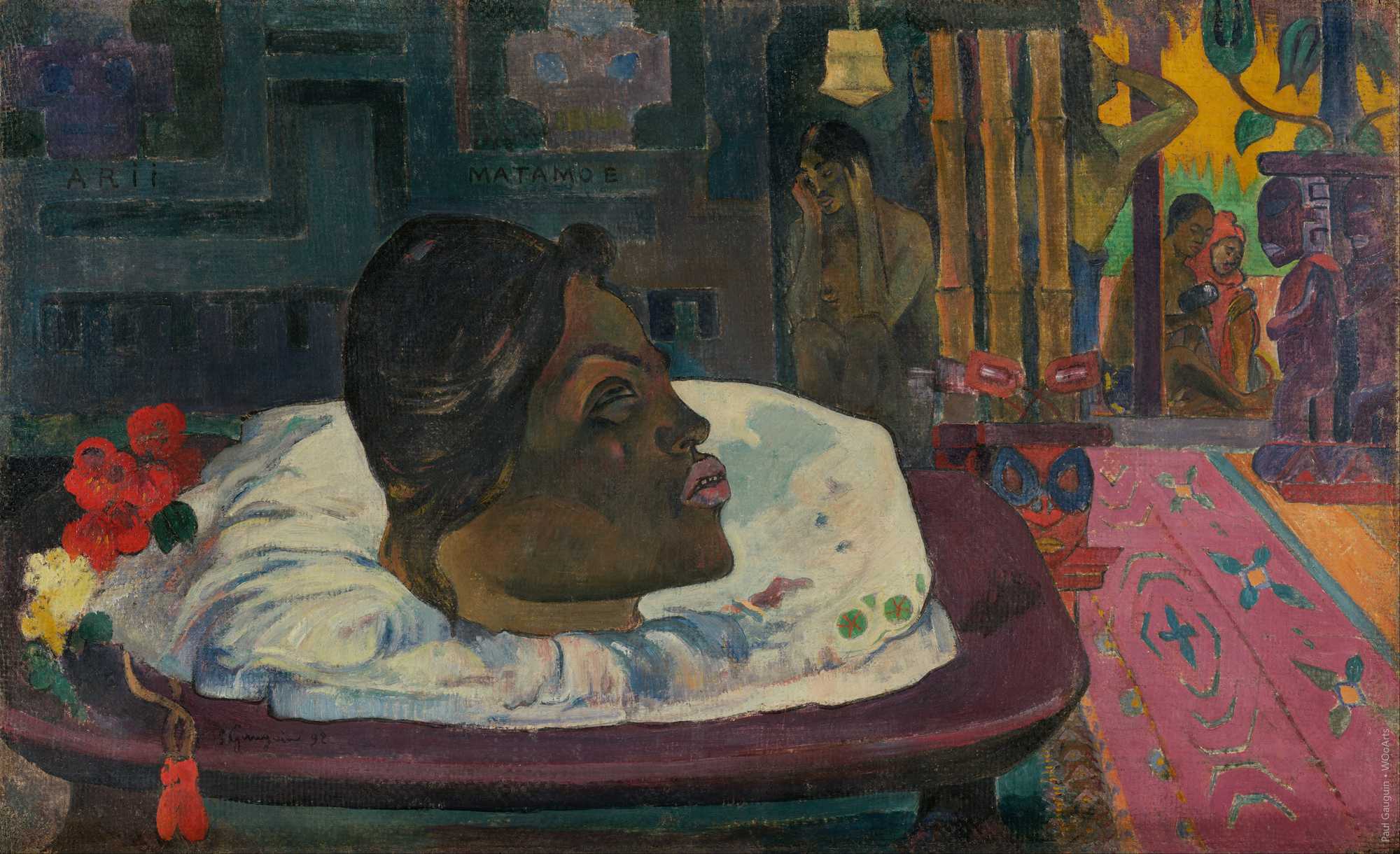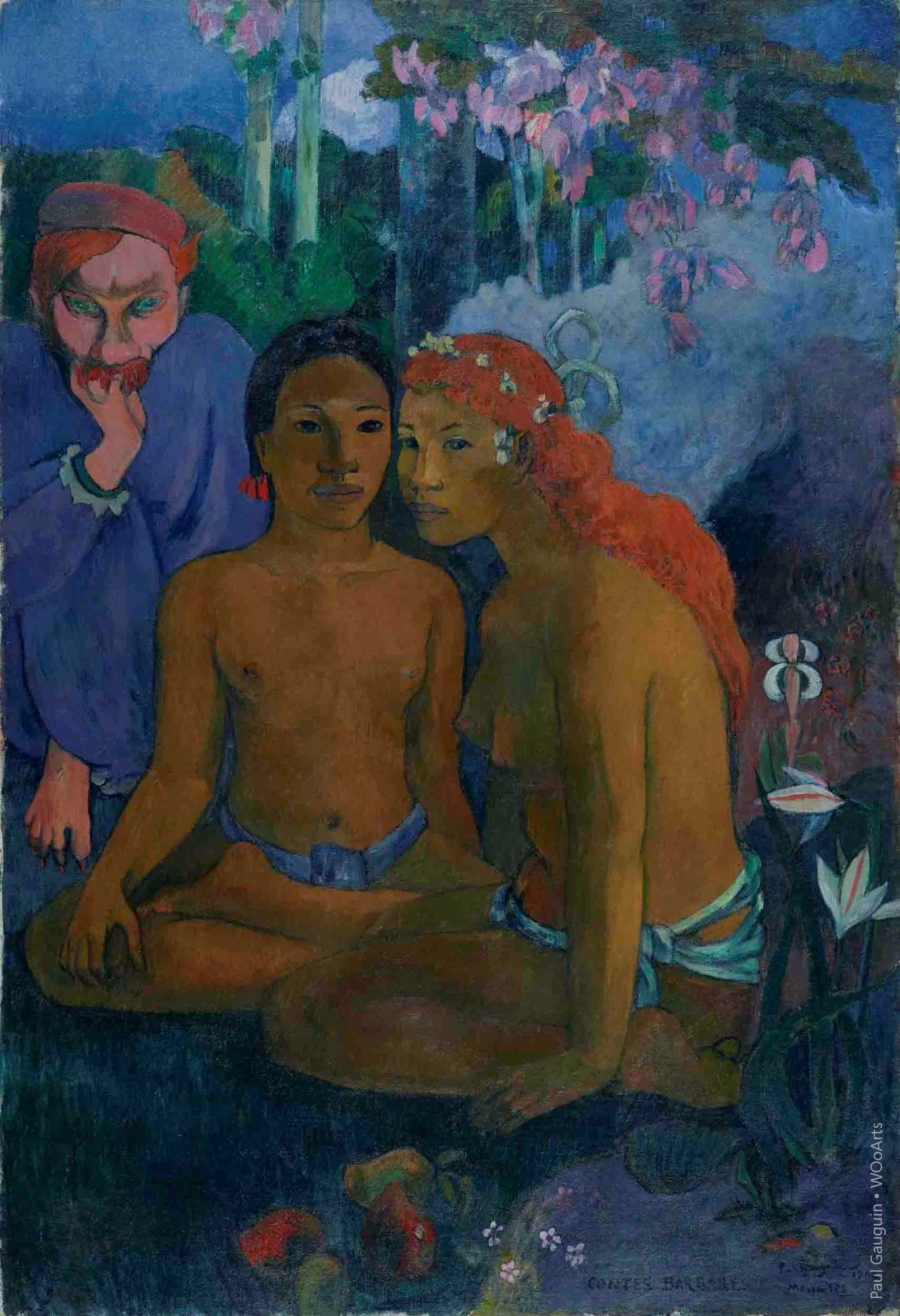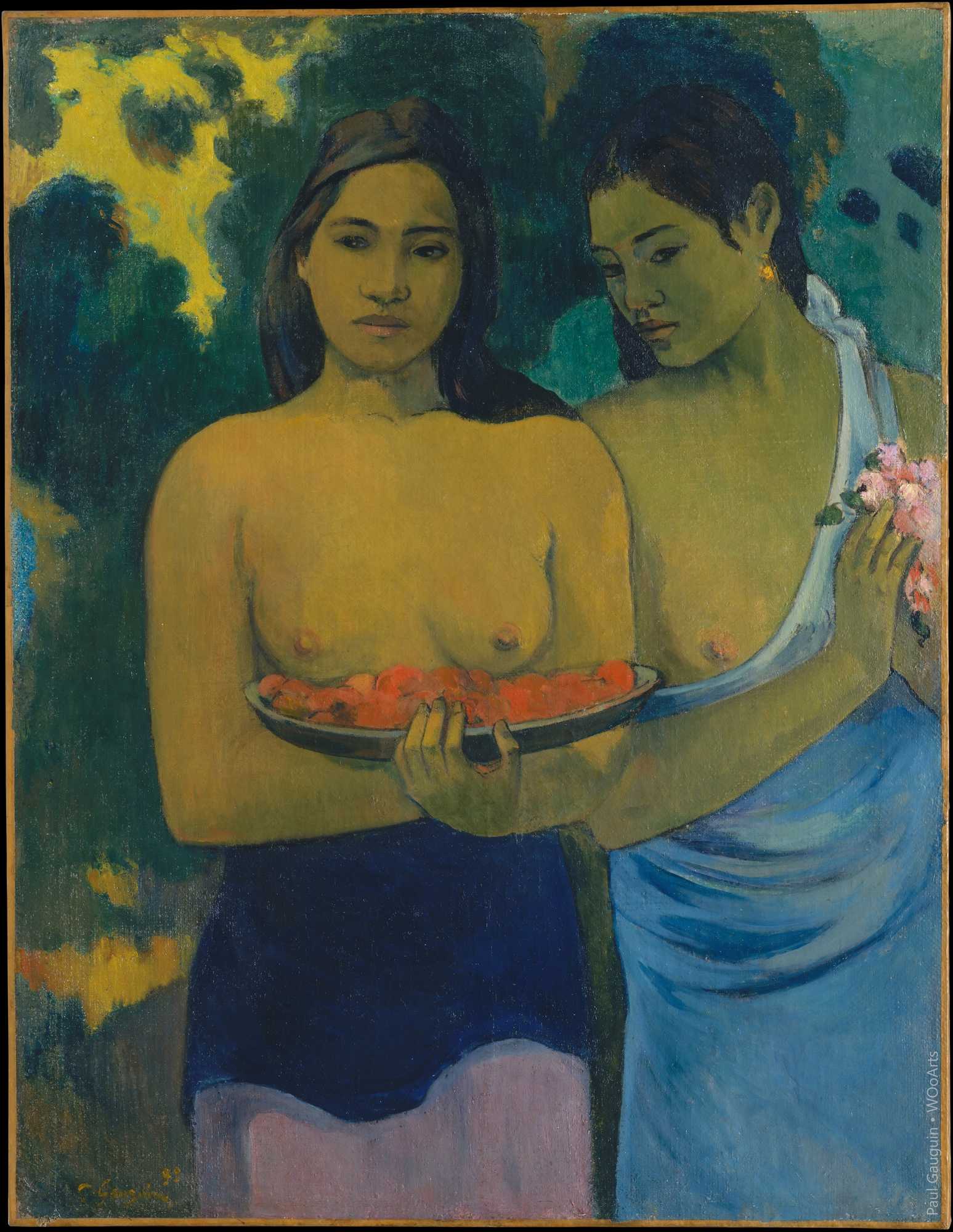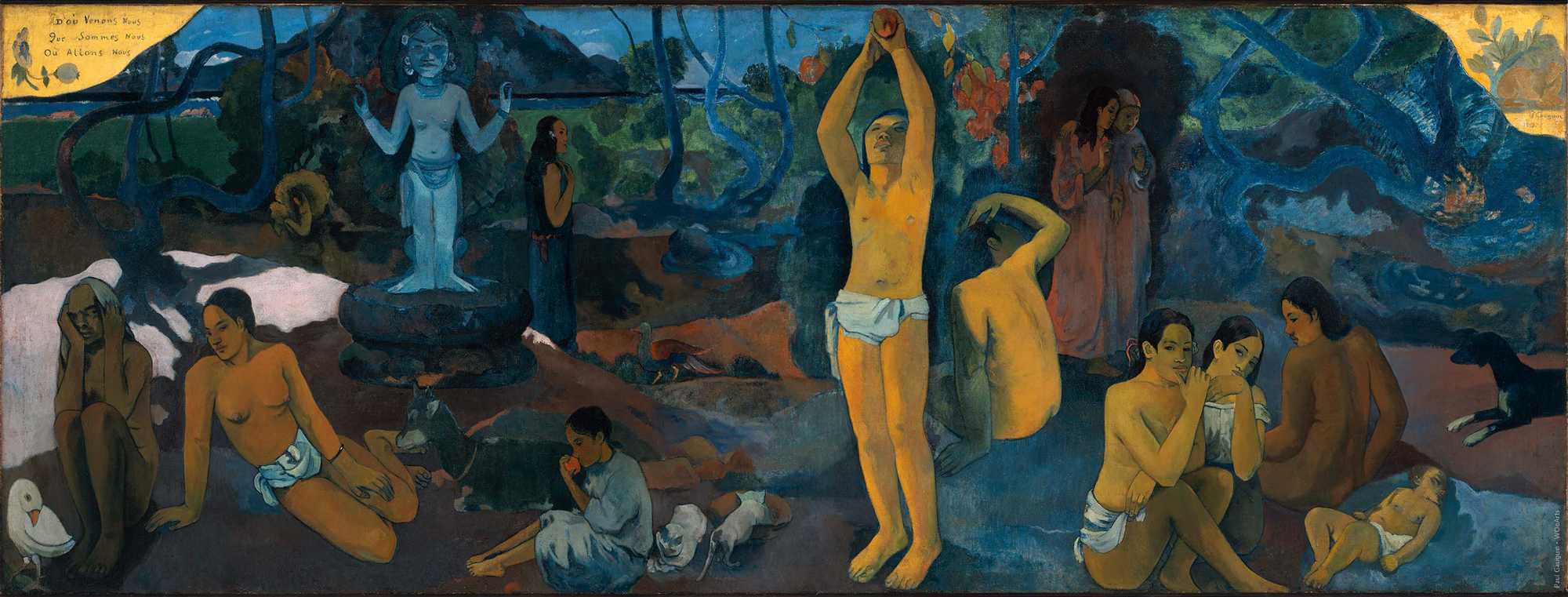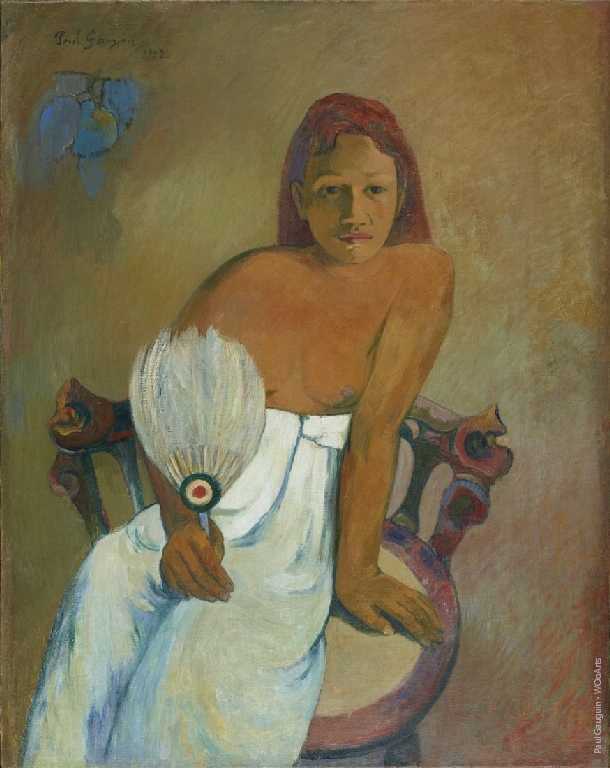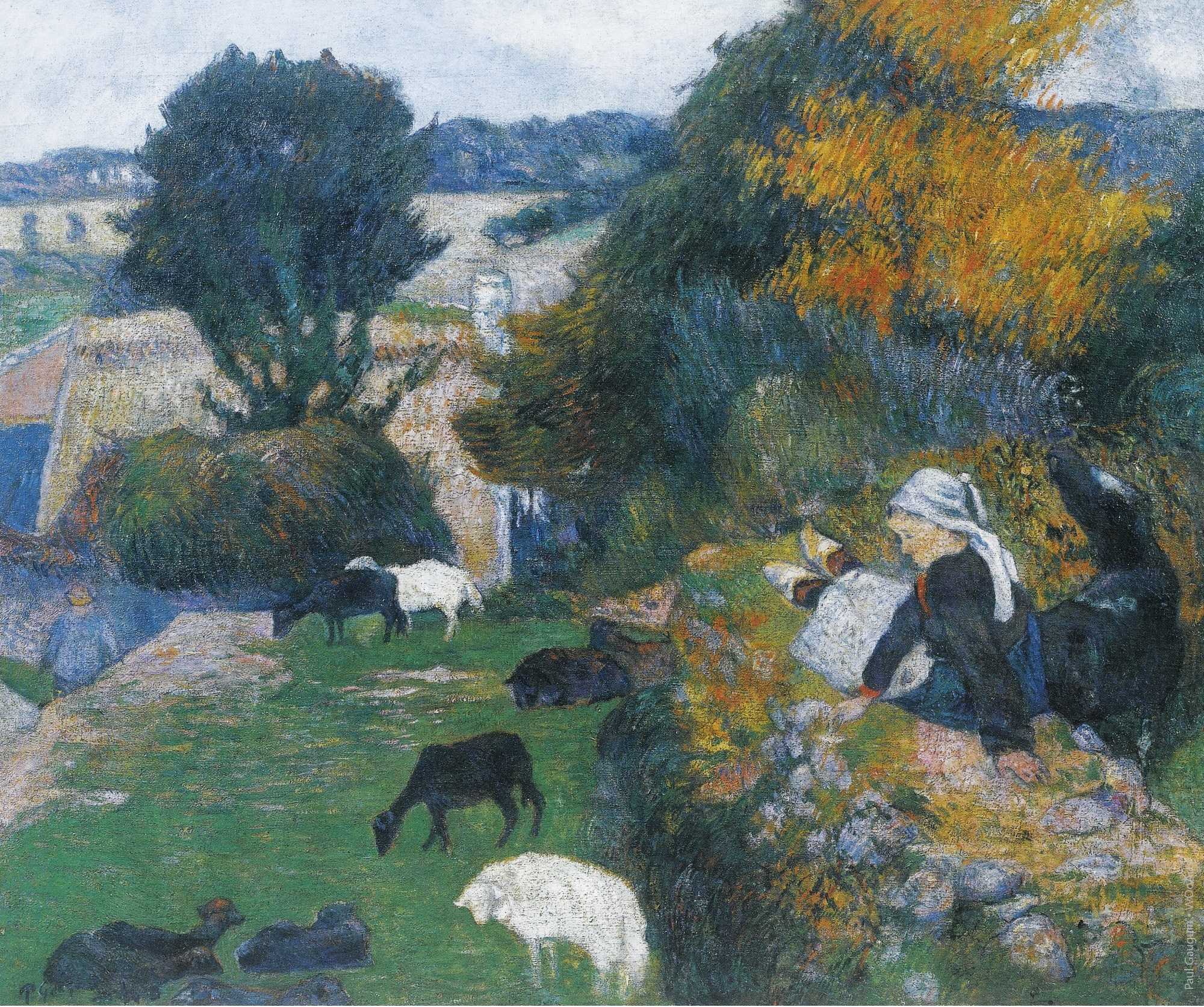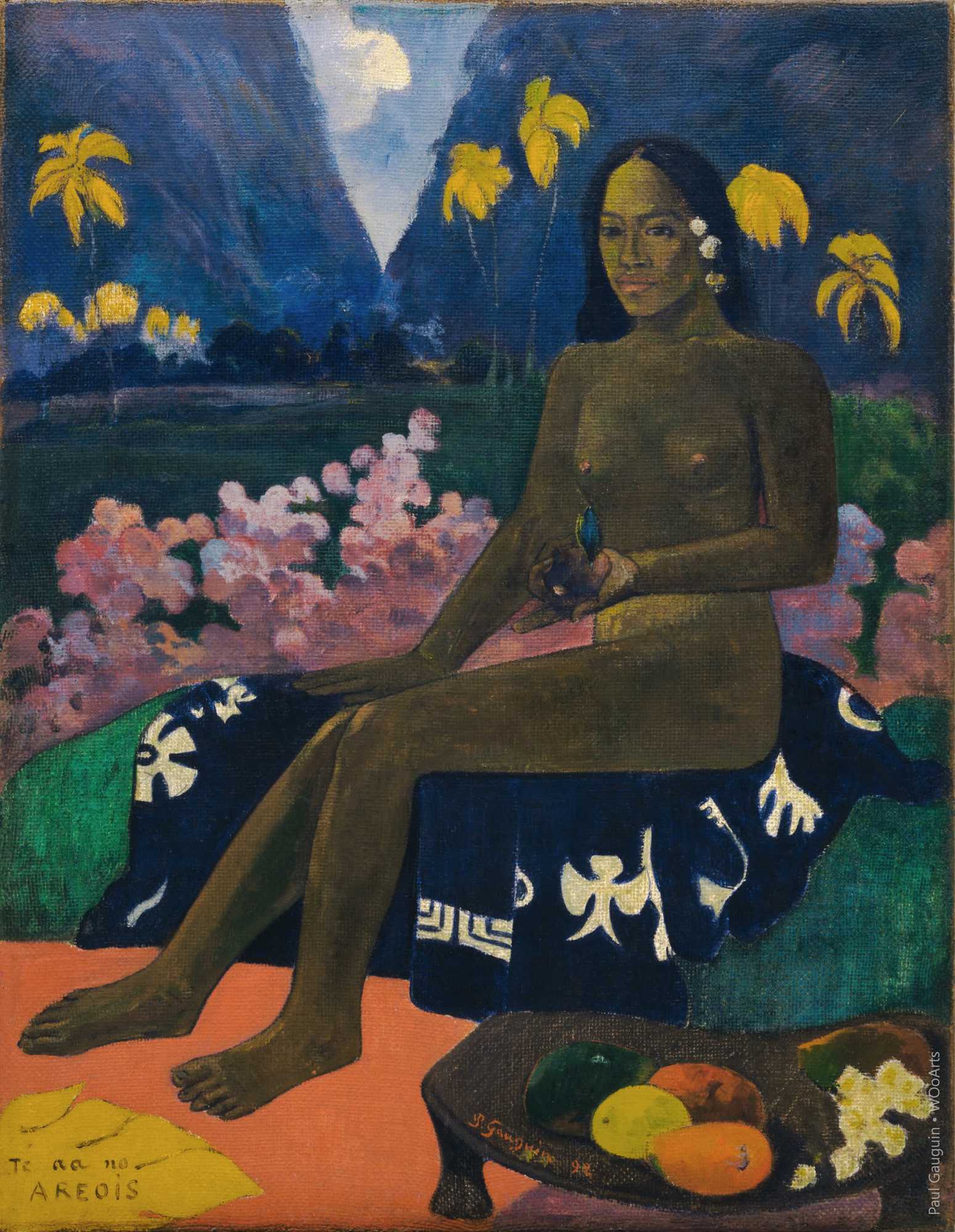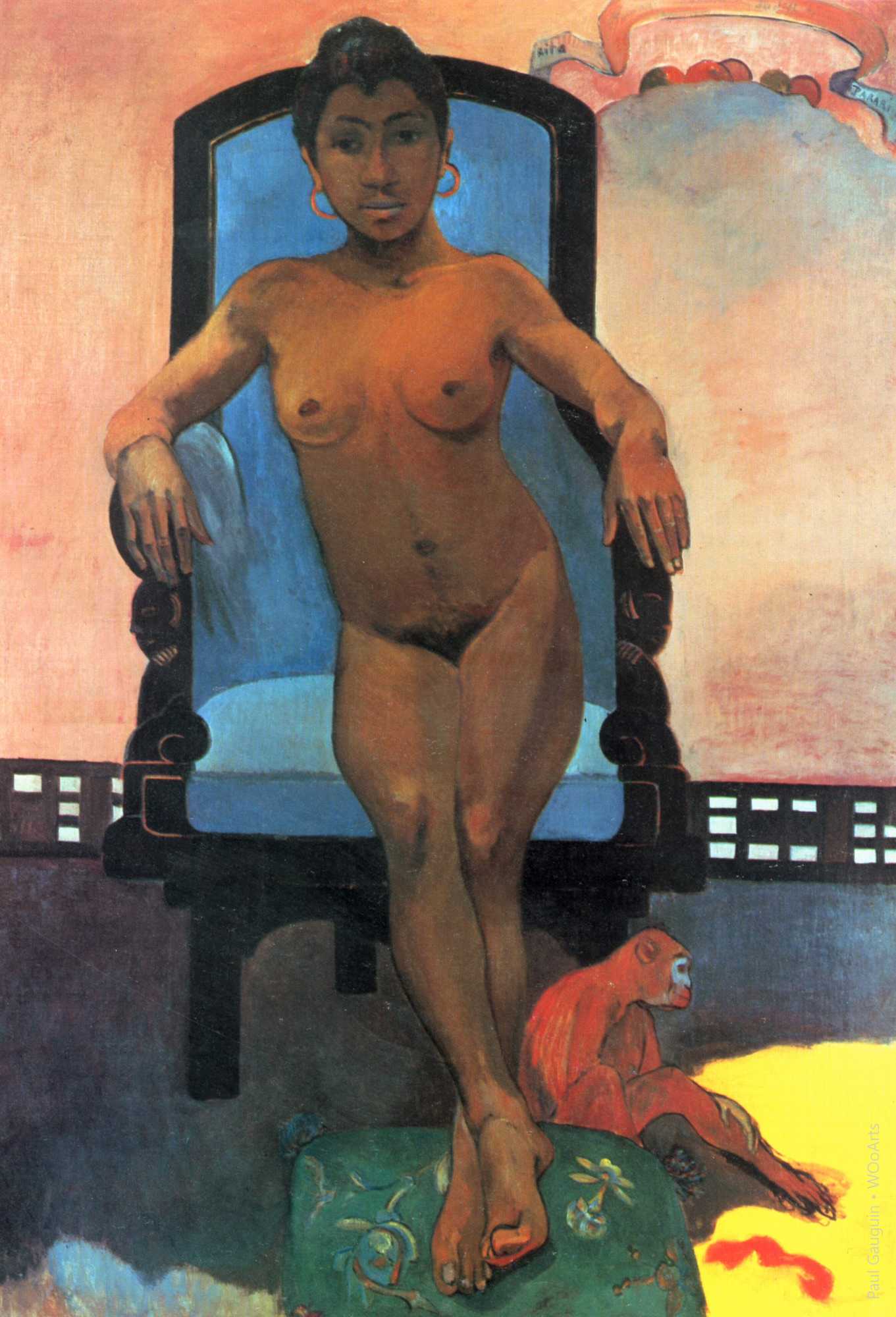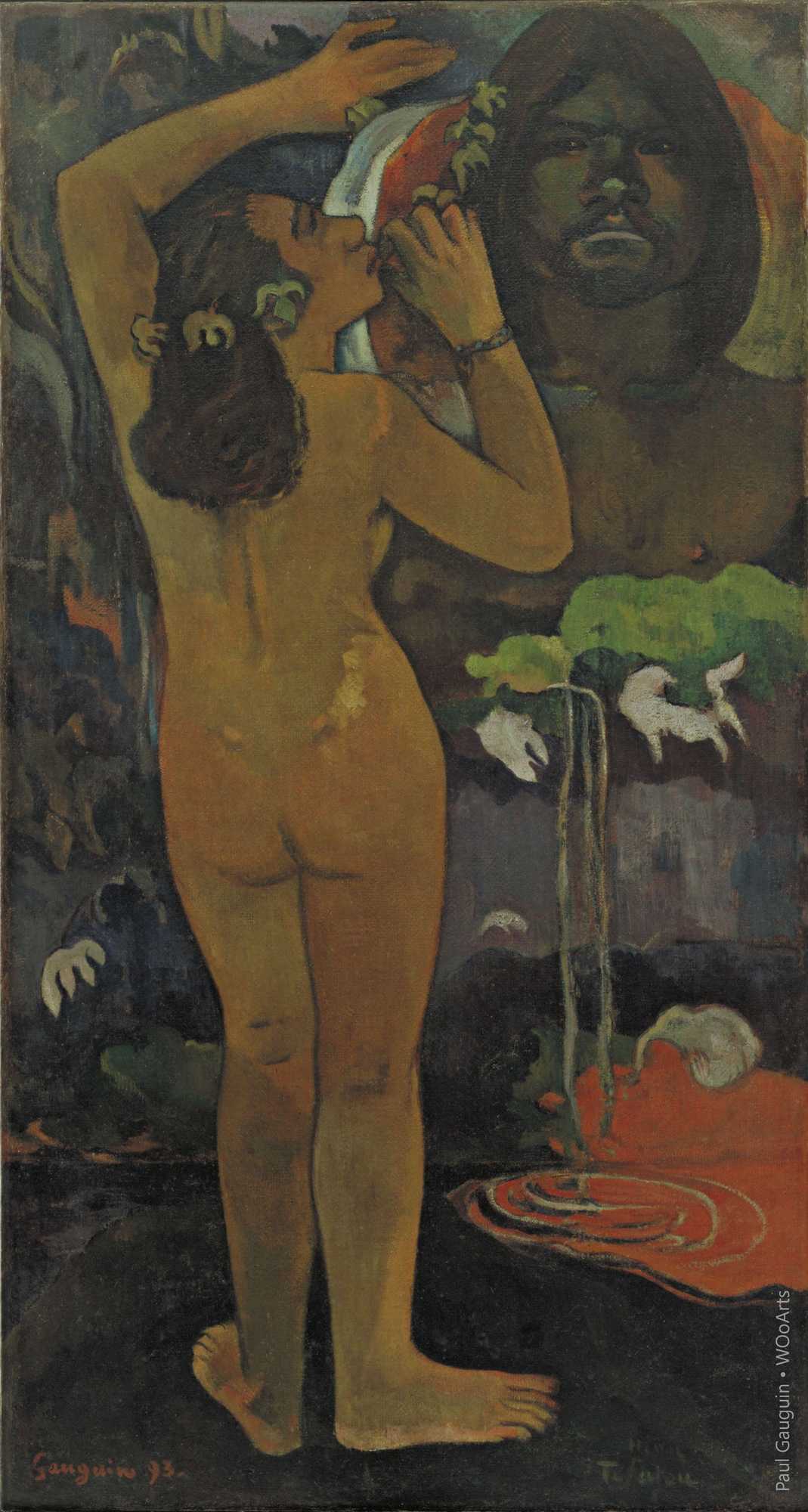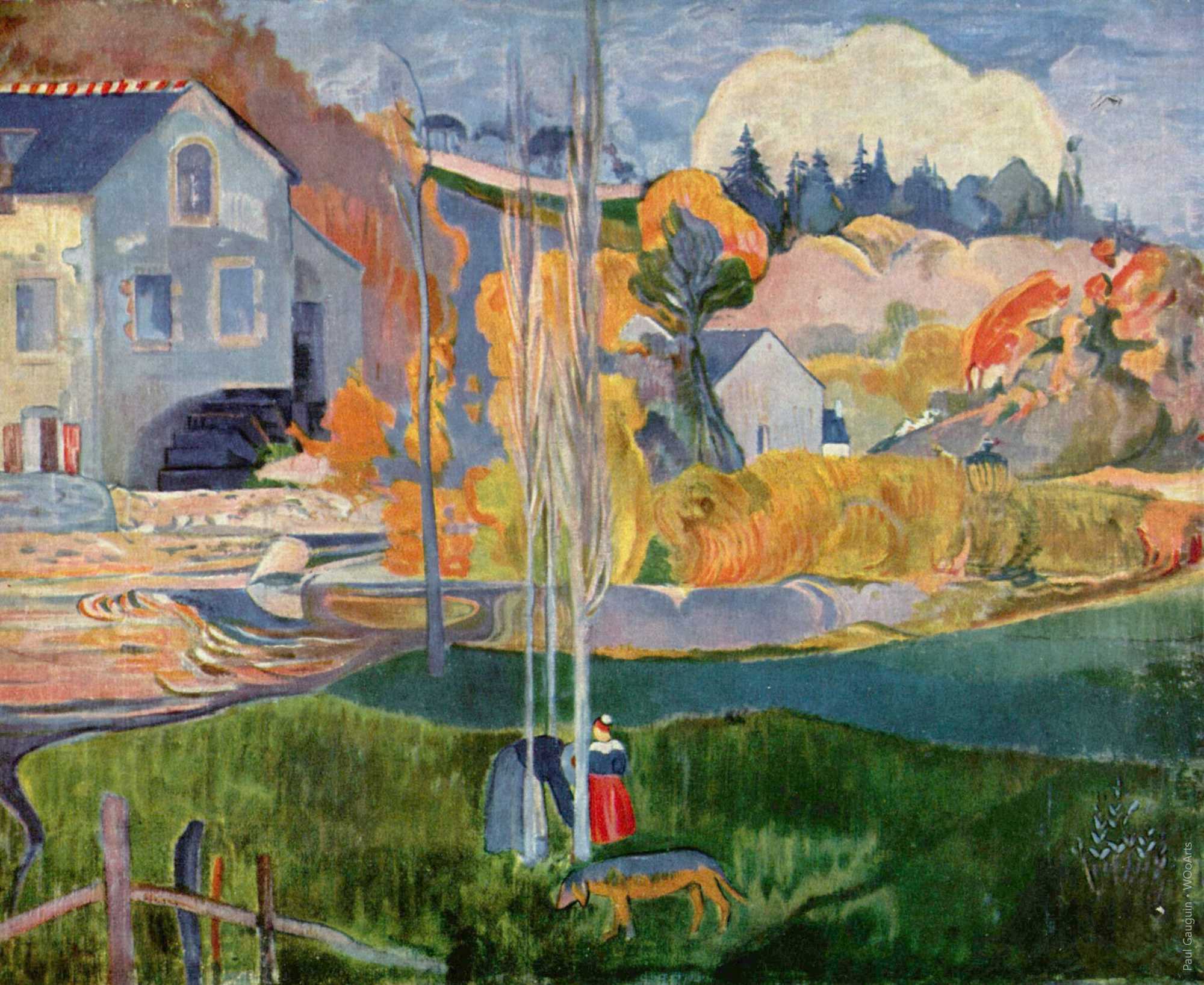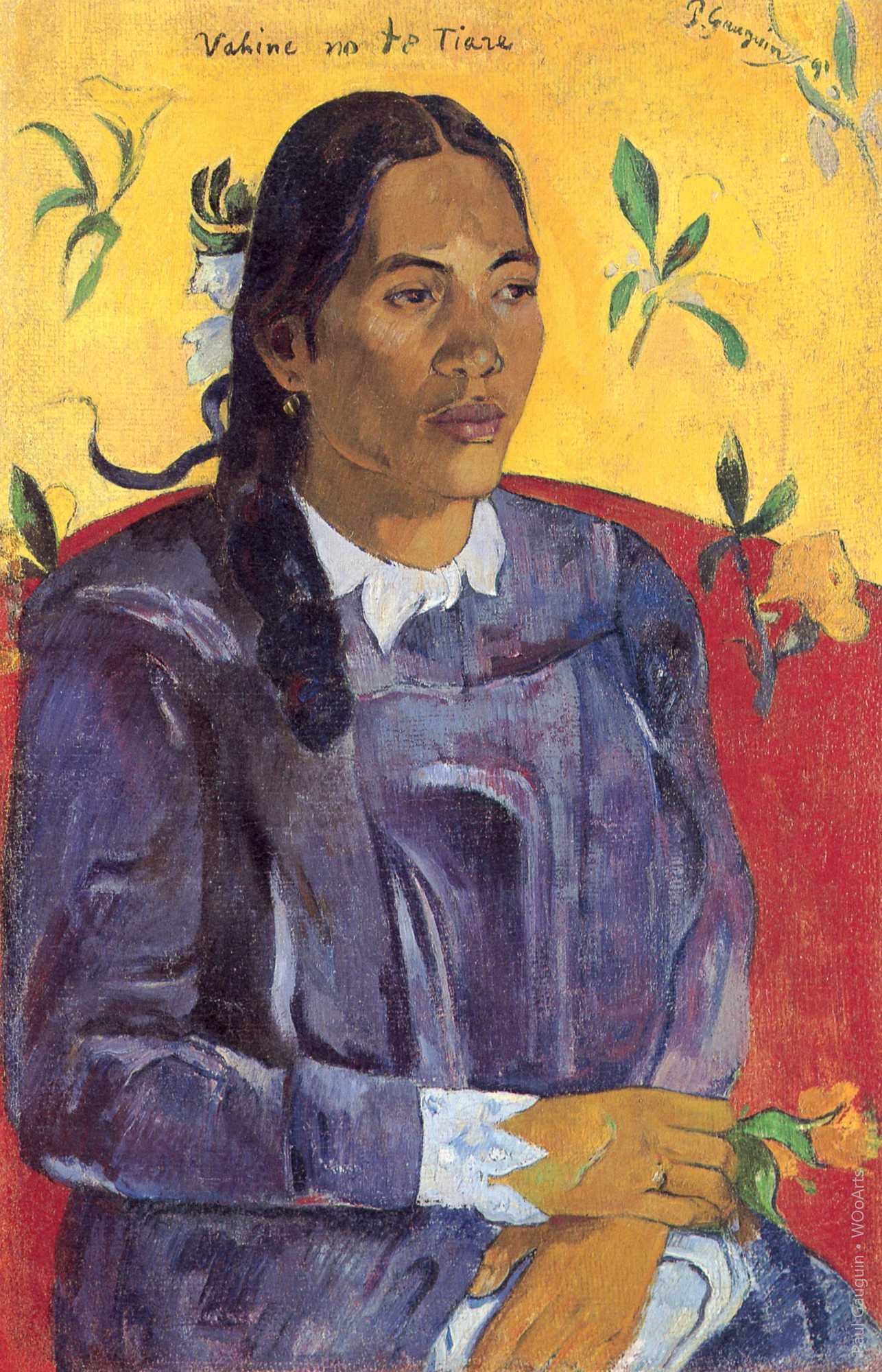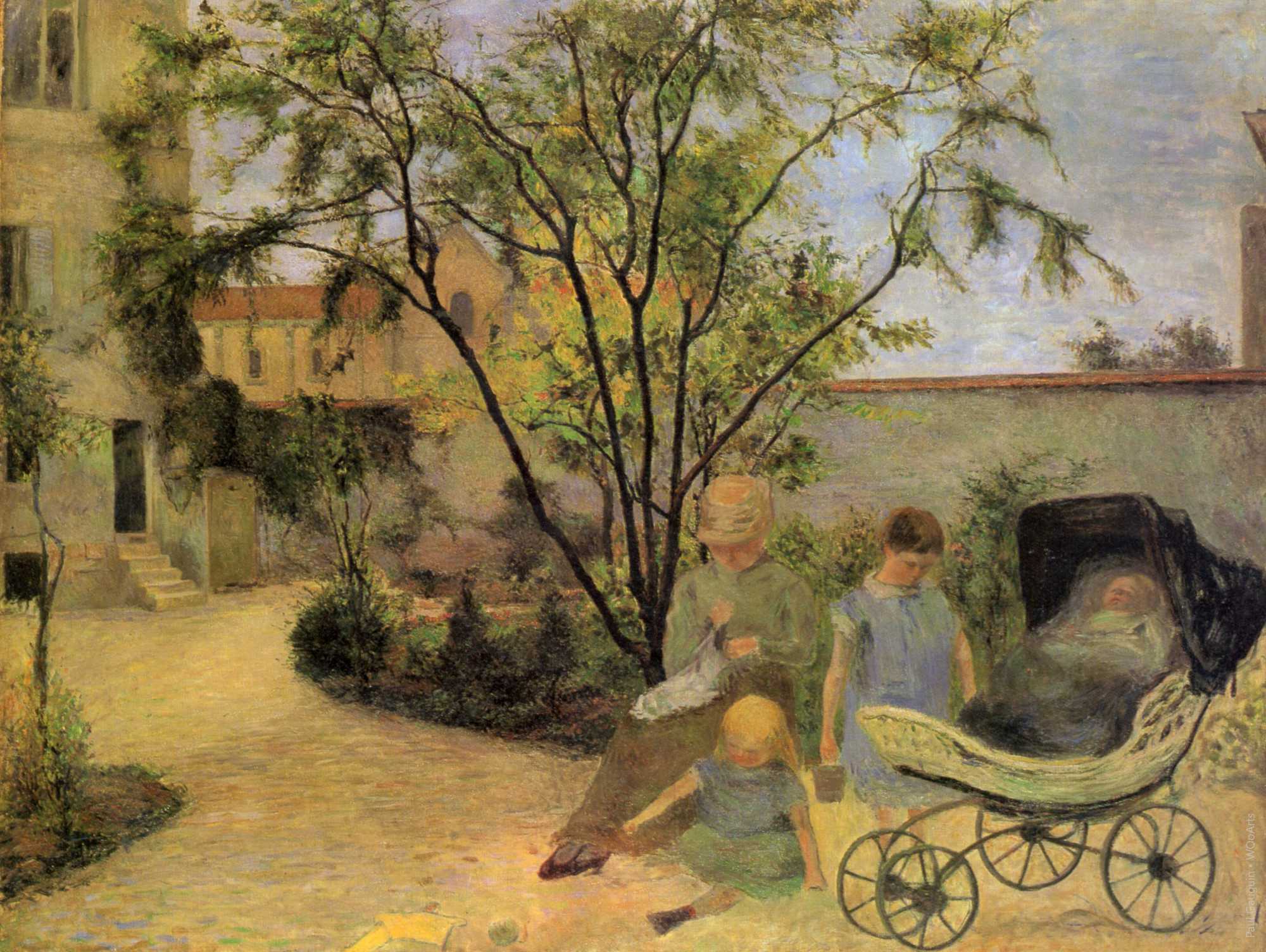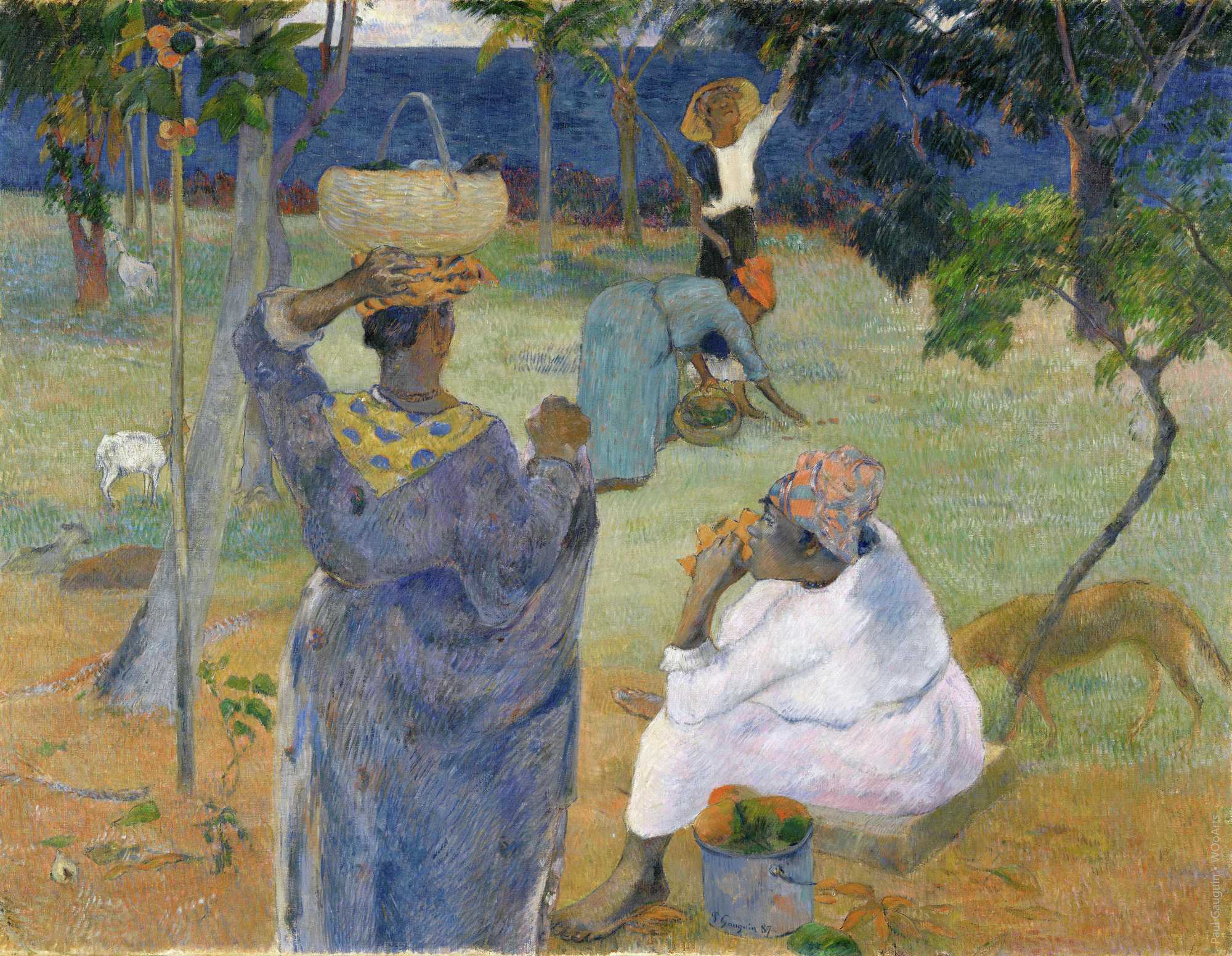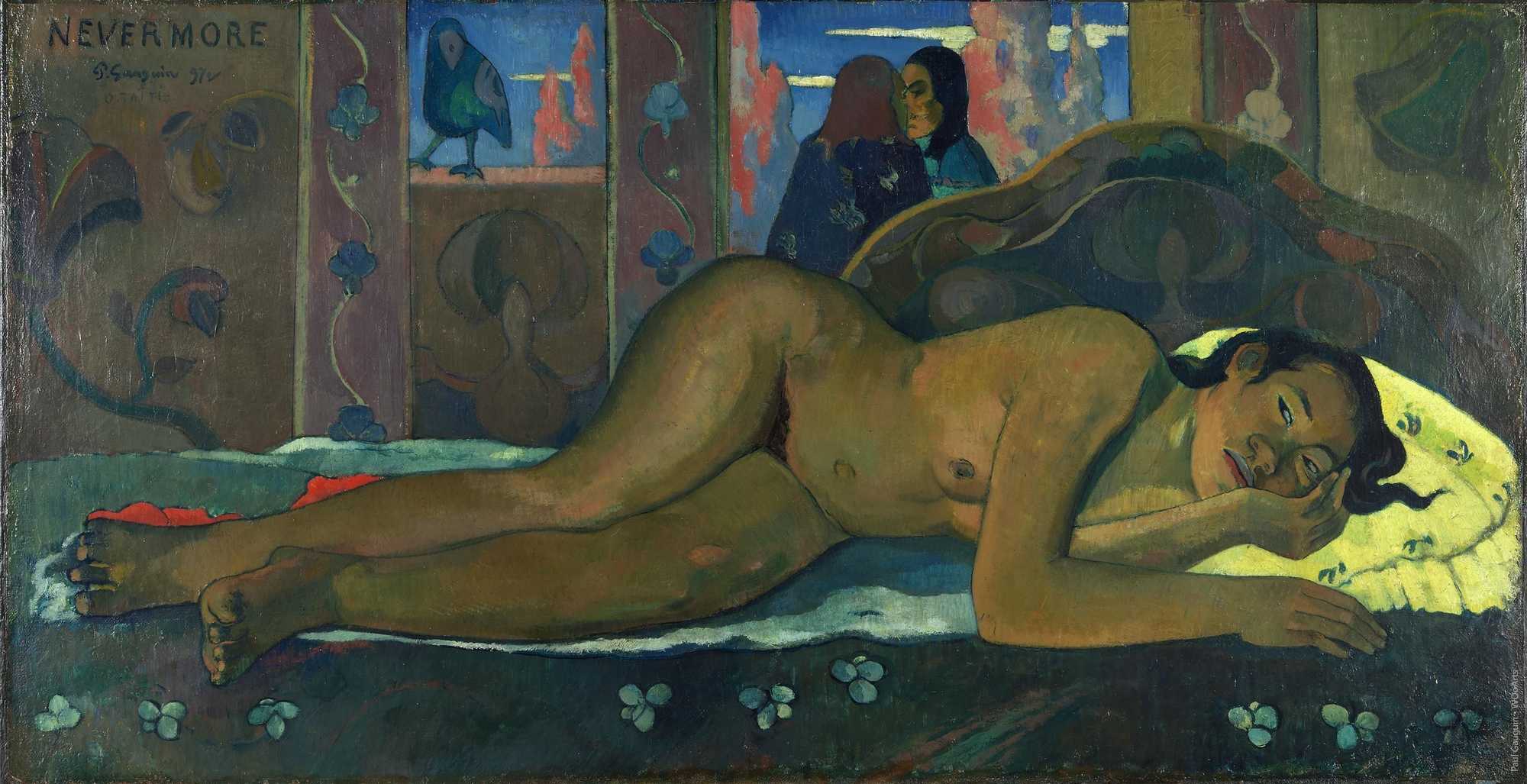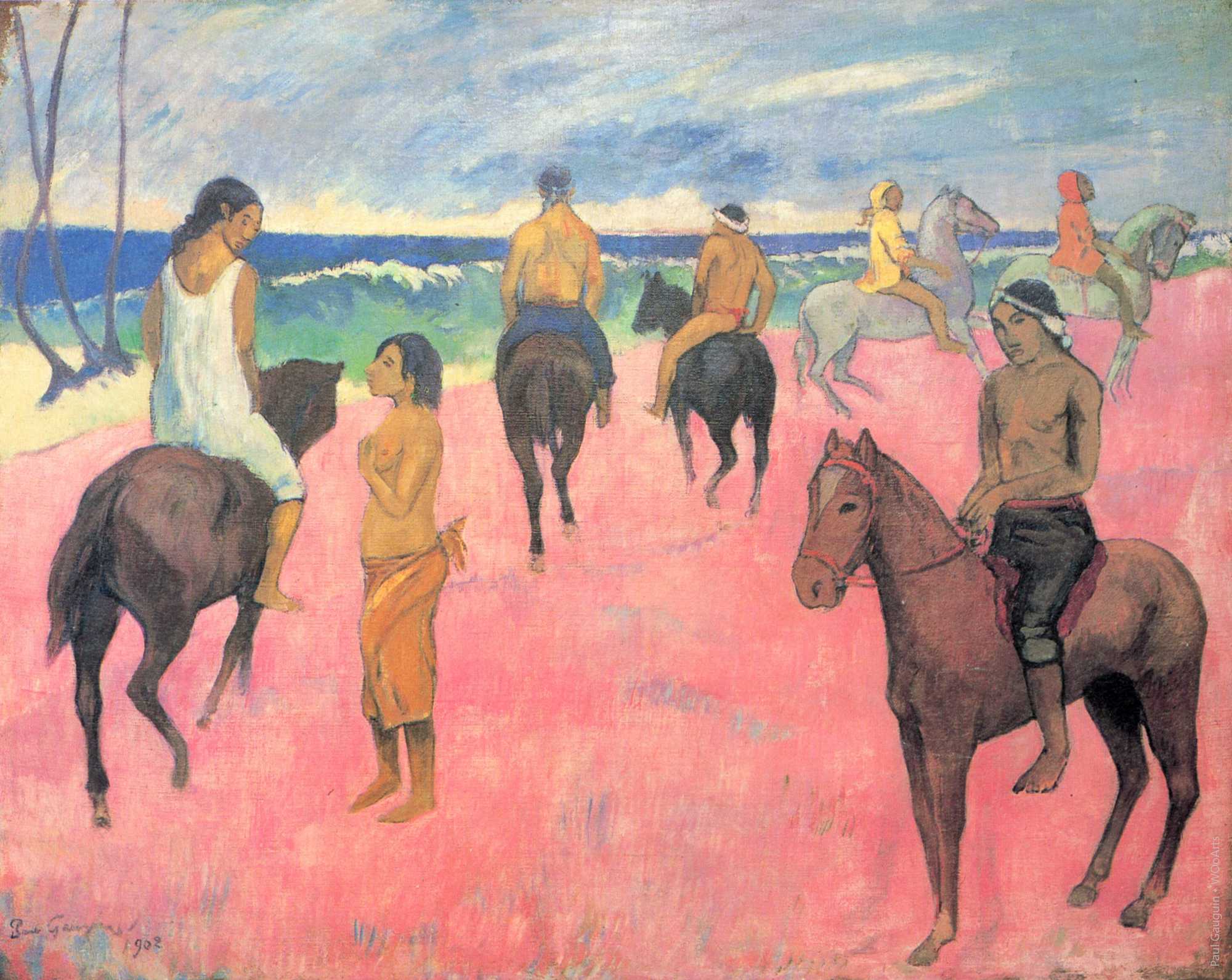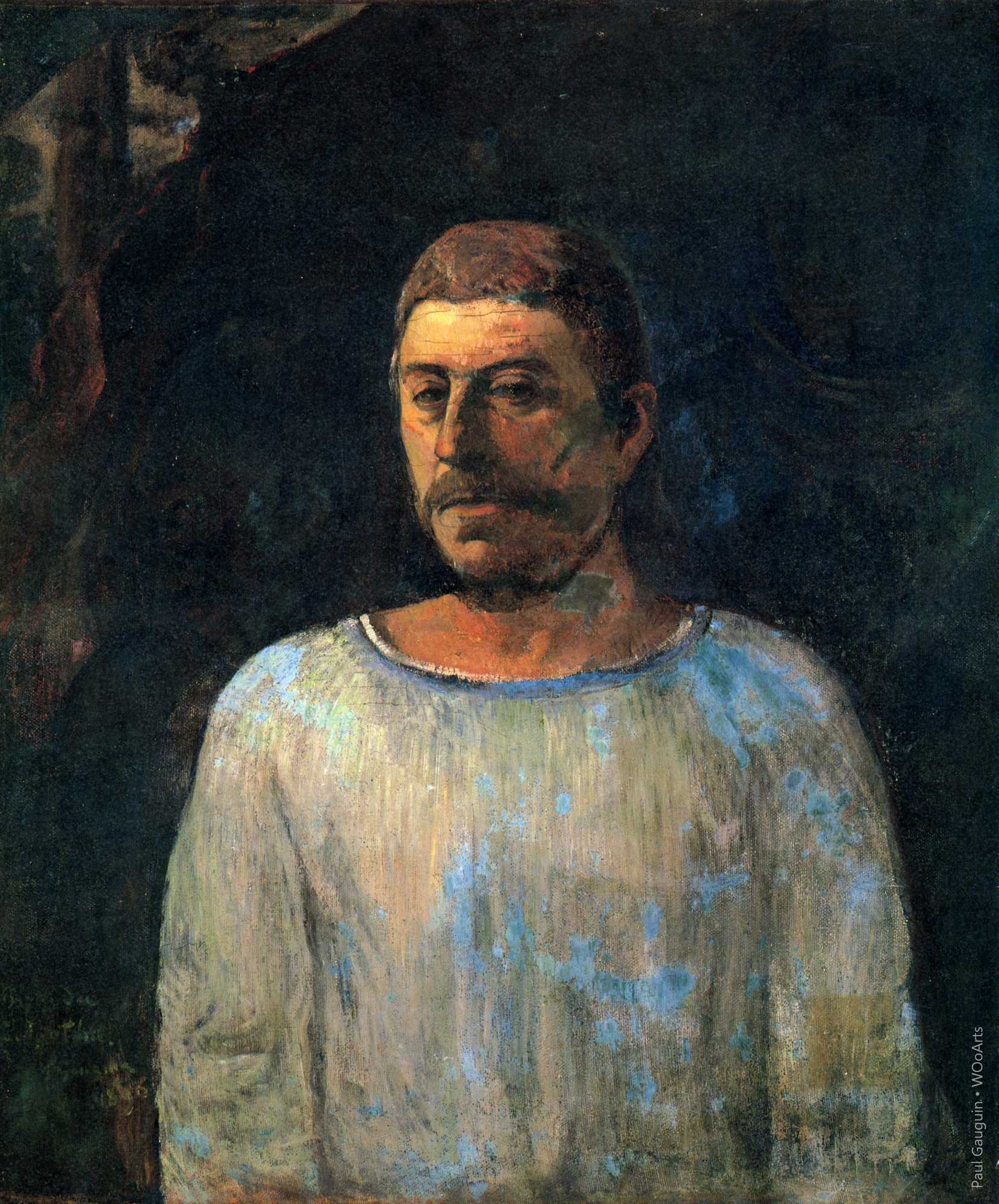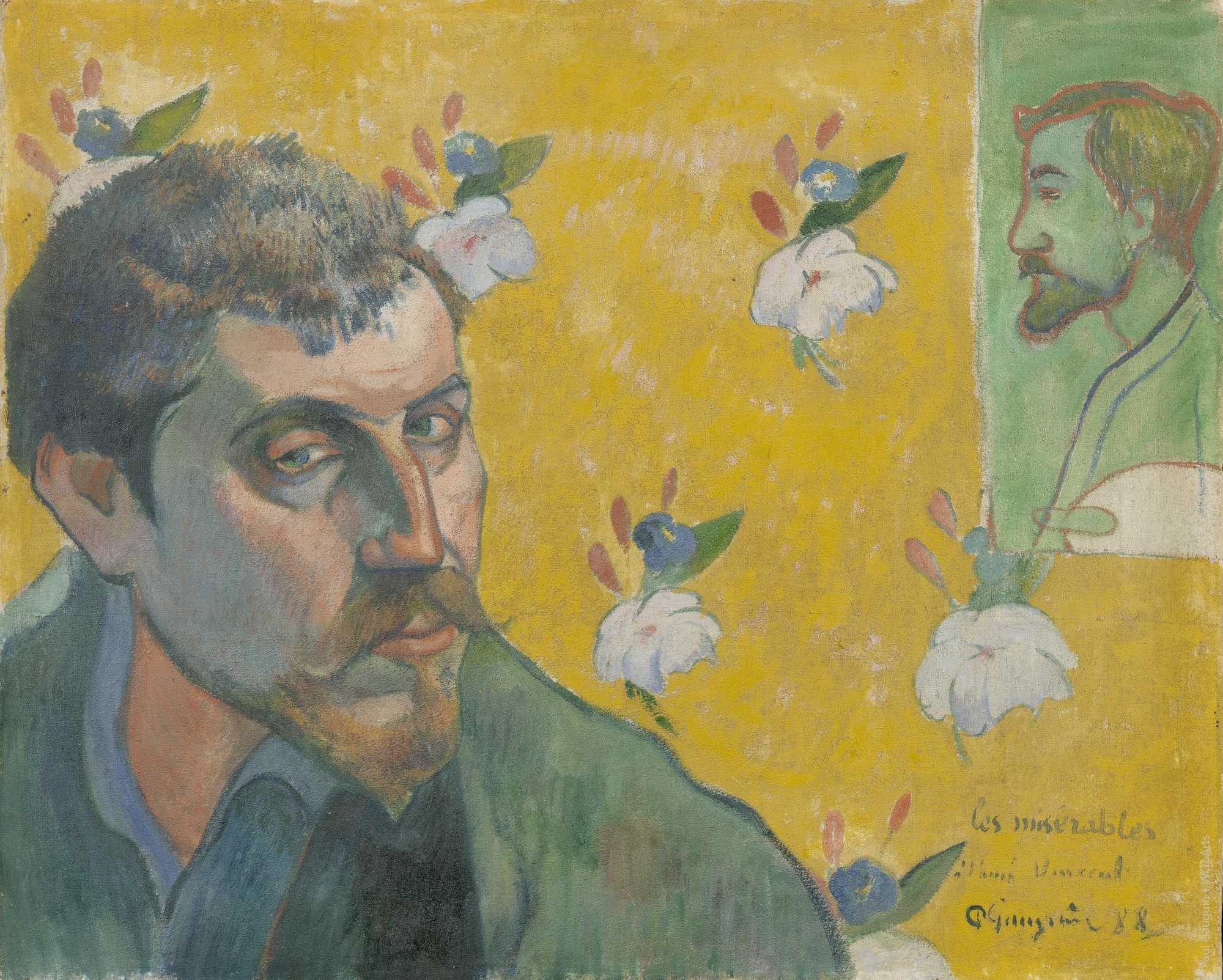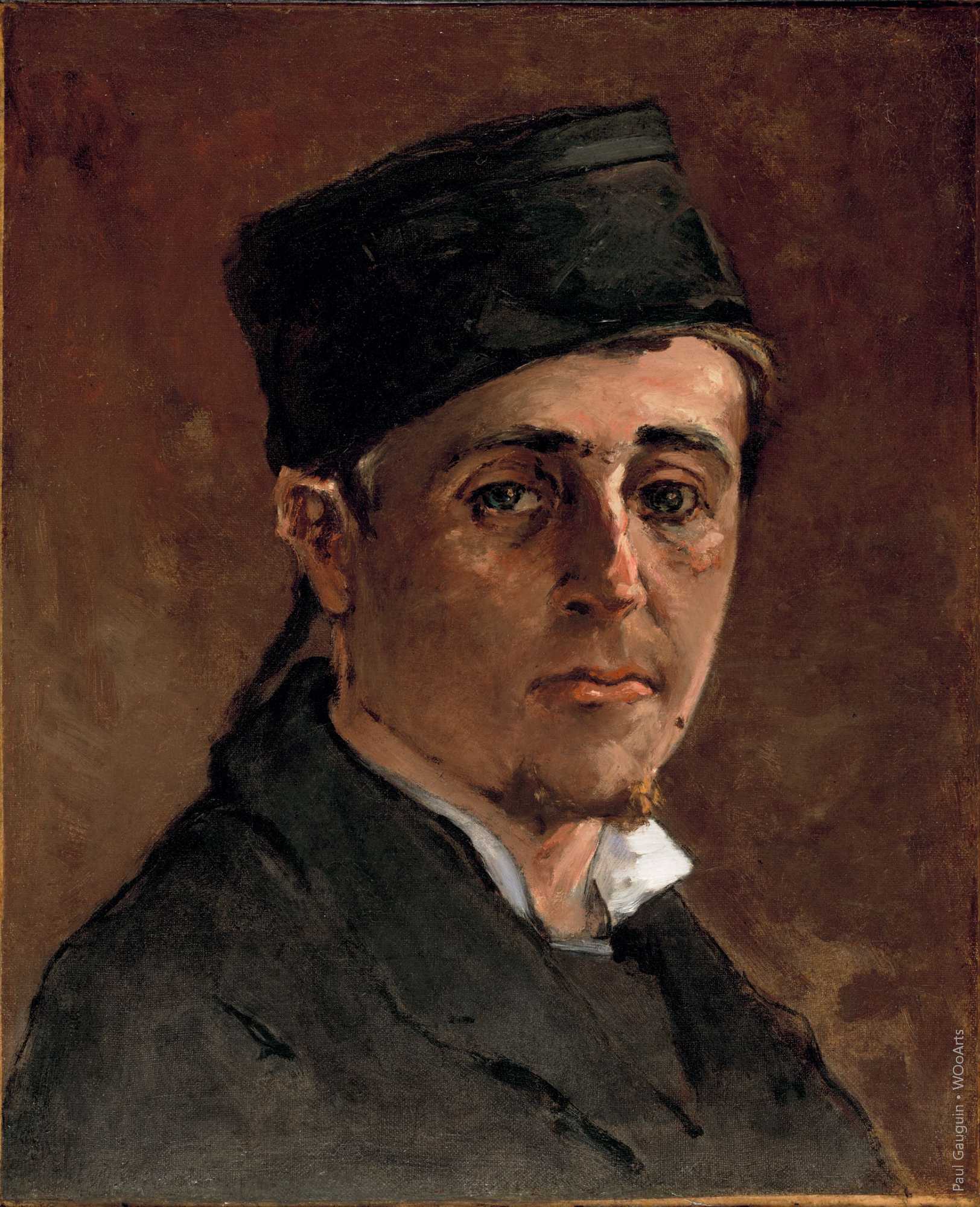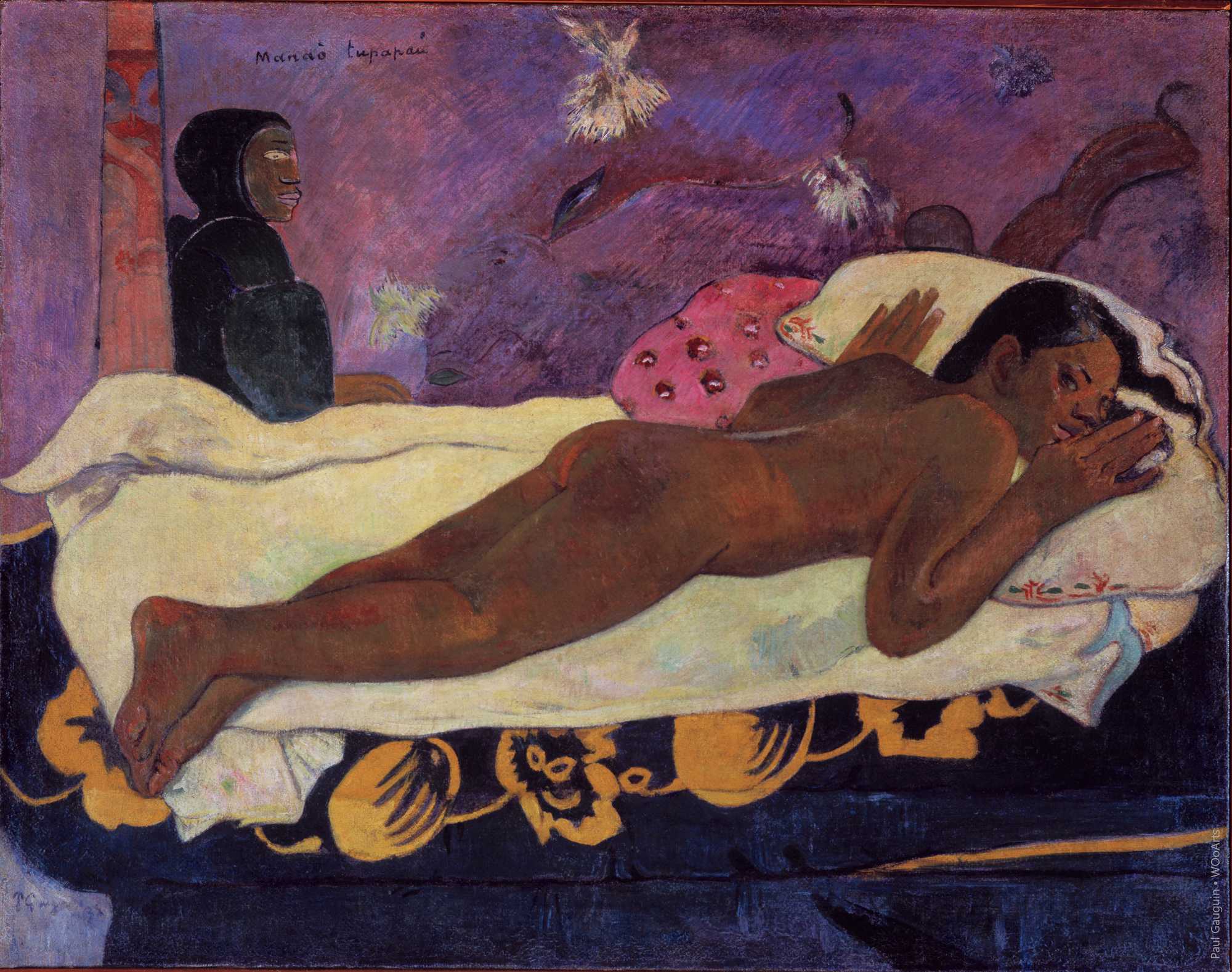Paul Gauguin: A Journey into Primitivism and Exoticism
Paul Gauguin’s art style, characterized by its vibrant colors, symbolic depth, and departure from realism, continues to captivate audiences and influence contemporary artists. His bold exploration of primitivism and exoticism, coupled with a relentless pursuit of authenticity, has left an enduring legacy that transcends time and cultural boundaries. Gauguin’s art challenges us to reconsider our perceptions of reality and invites us into a world where color, symbolism, and imagination reign supreme.

Takeaways:
- Bold Use of Color: Gauguin’s vibrant and expressive palette challenged the conventions of his time, paving the way for future artists to explore the emotional potential of color.
- Primitivism as a Response to Modernity: Gauguin’s embrace of primitivism reflects a desire to escape the complexities of modern life and seek authenticity in more primal, untouched cultures.
- Symbolism and Mythical Imagery: The incorporation of symbolic elements and mythical imagery in Gauguin’s work adds depth and invites viewers to interpret his paintings on multiple levels.
- Simplified Forms and Flat Surfaces: Gauguin’s departure from realistic depictions in favor of simplified forms and flat surfaces contributed to the evolution of modern art, influencing movements such as Fauvism and Cubism.
- A Departure from Impressionism: Gauguin’s divergence from Impressionism marked a crucial moment in the evolution of art, demonstrating the power of individual expression and paving the way for subsequent avant-garde movements.
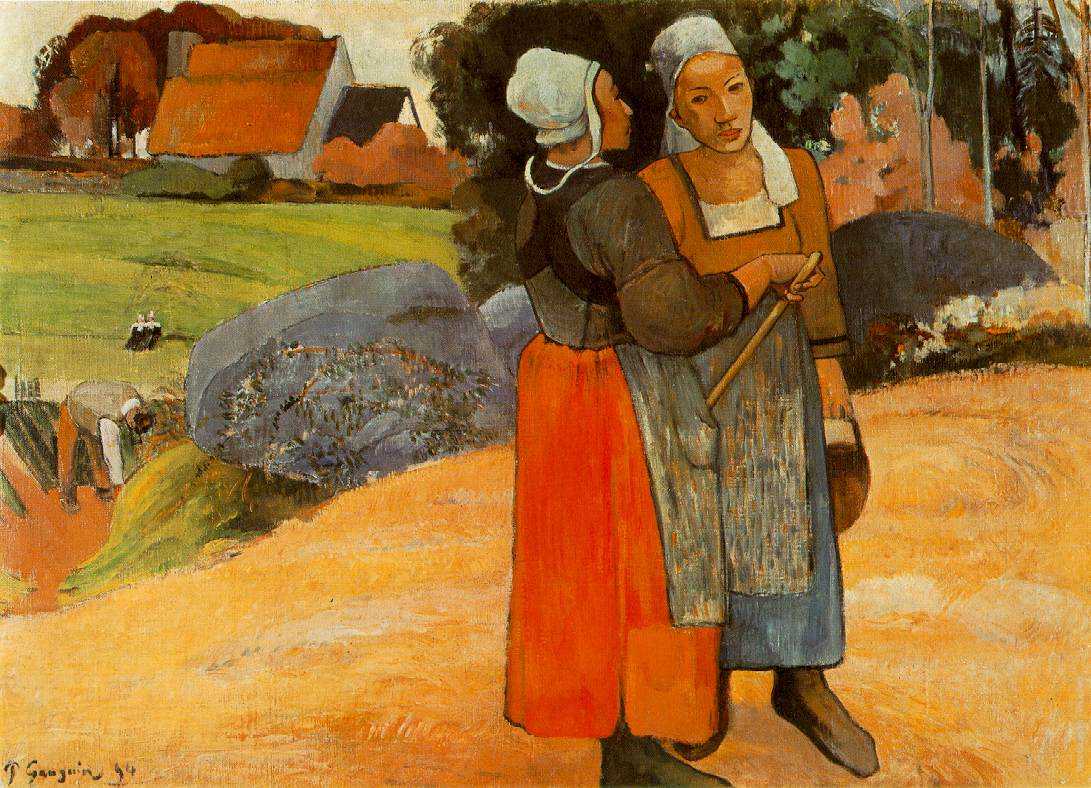
In the pantheon of art history, few figures stand out as boldly and controversially as Paul Gauguin. The French post-impressionist painter, recognized for his innovative approach to color and form, is perhaps best known for his depictions of exotic landscapes and the people of Tahiti. Gauguin’s art style, marked by vibrant colors, simplified forms, and a departure from realism, has left an indelible mark on the art world. In this critique, we delve into the nuances of Gauguin’s art style, exploring its evolution and the impact it has had on the trajectory of modern art.
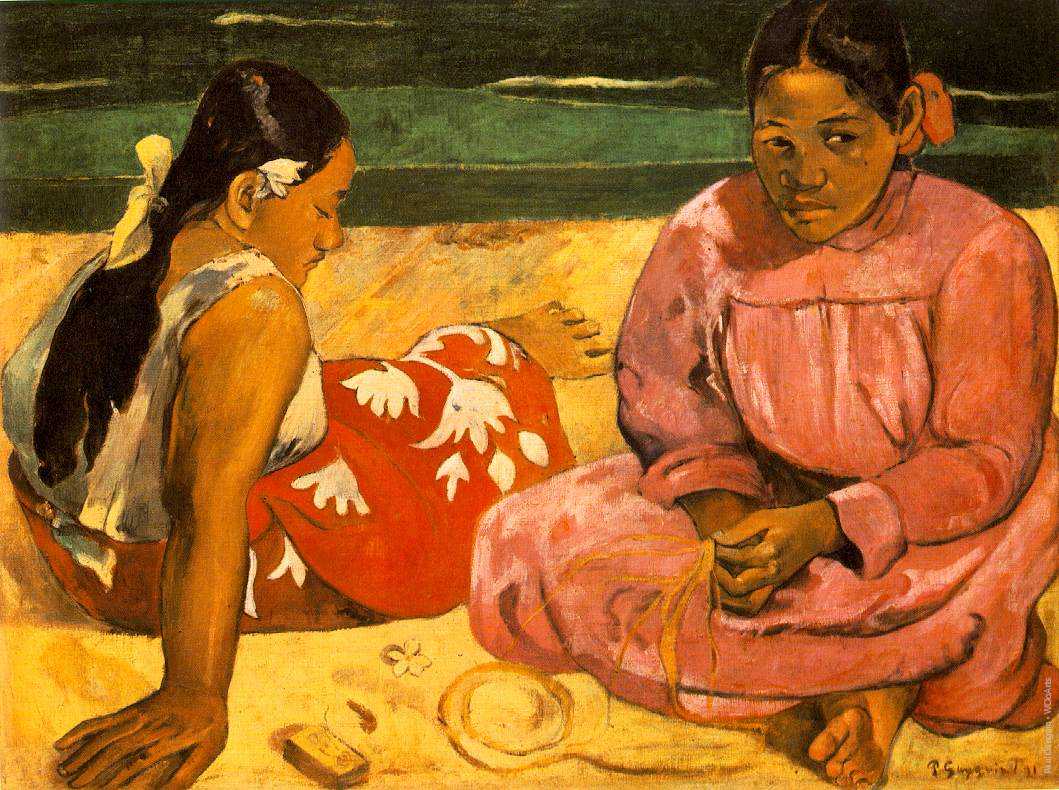
I. Primitivism and the Escape from Modernity: One of the defining characteristics of Gauguin’s art is his embrace of primitivism. In the late 19th century, as industrialization and modernity were reshaping societies across the globe, Gauguin sought refuge in what he perceived as more authentic and primal cultures. This quest for a simpler, unspoiled existence led him to Tahiti, where he found inspiration in the indigenous Polynesian way of life.
II. Use of Color: Gauguin’s use of color is nothing short of revolutionary. Departing from the muted tones of his contemporaries, he opted for a bold and expressive palette. His canvases explode with intense reds, vibrant yellows, and lush greens. These colors not only capture the exotic allure of the South Pacific but also serve as a vehicle for expressing emotions and spiritual ideas. Gauguin believed that color could convey the essence of a scene or a feeling more powerfully than a realistic depiction.
III. Symbolism and Mythical Imagery: Gauguin’s art is replete with symbolic elements and mythical imagery. He often incorporated traditional Polynesian symbols, religious motifs, and enigmatic figures into his paintings. This infusion of symbolism adds layers of meaning to his work, inviting viewers to delve beyond the surface and explore the deeper, often spiritual, dimensions of his art.
IV. Simplified Forms and Flat Surfaces: In a departure from the meticulous realism of his contemporaries, Gauguin embraced simplified forms and flat surfaces. Figures in his paintings are often rendered with broad, sweeping brushstrokes, reducing them to essential shapes. This stylistic choice contributes to the dreamlike quality of his compositions, blurring the lines between reality and imagination.
V. Departure from Impressionism: Gauguin, initially associated with the Impressionist movement, gradually distanced himself from its tenets. While Impressionists sought to capture the fleeting effects of light and atmosphere, Gauguin aimed for a more profound, symbolic representation of the world. His departure from Impressionism allowed him to explore new avenues of artistic expression, setting the stage for the emergence of modern art.
